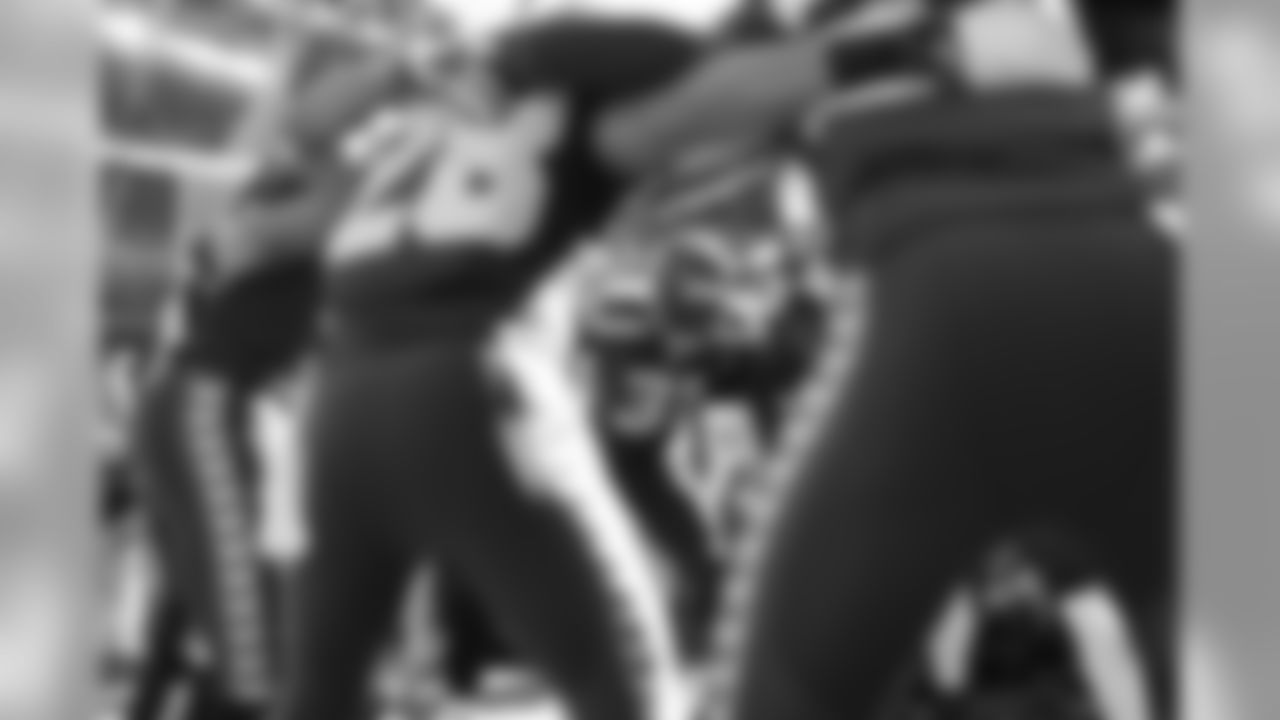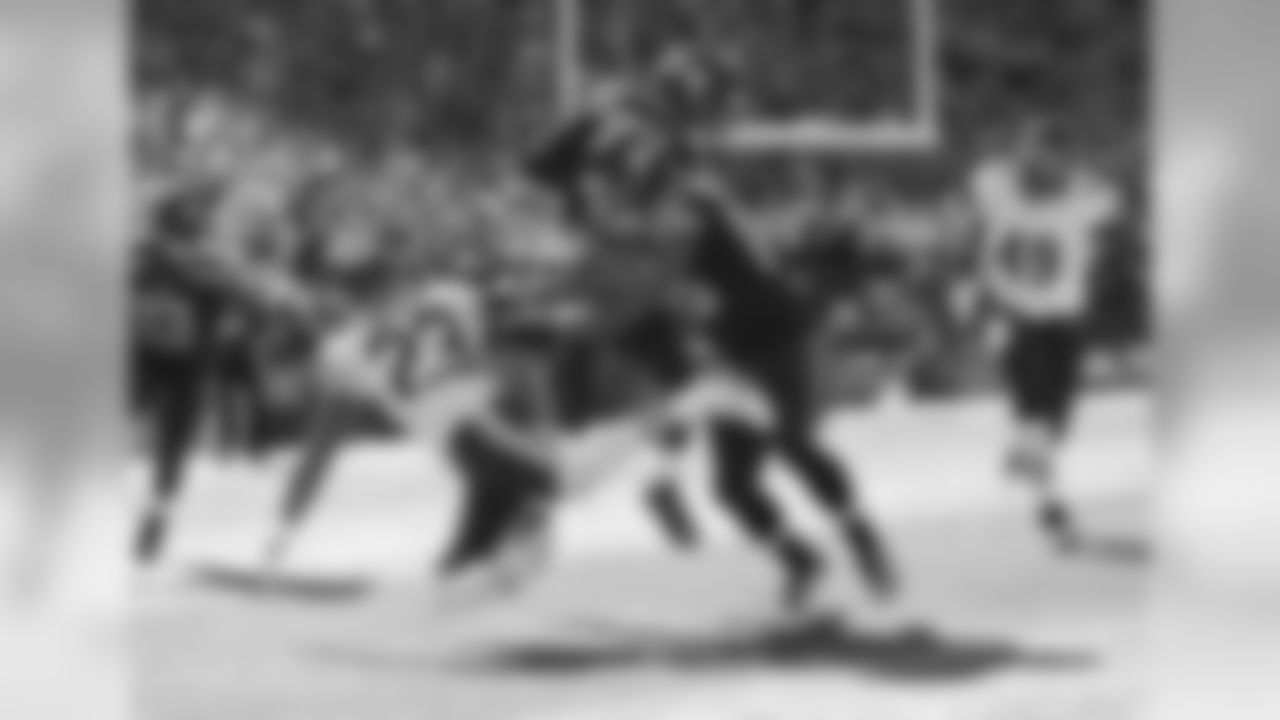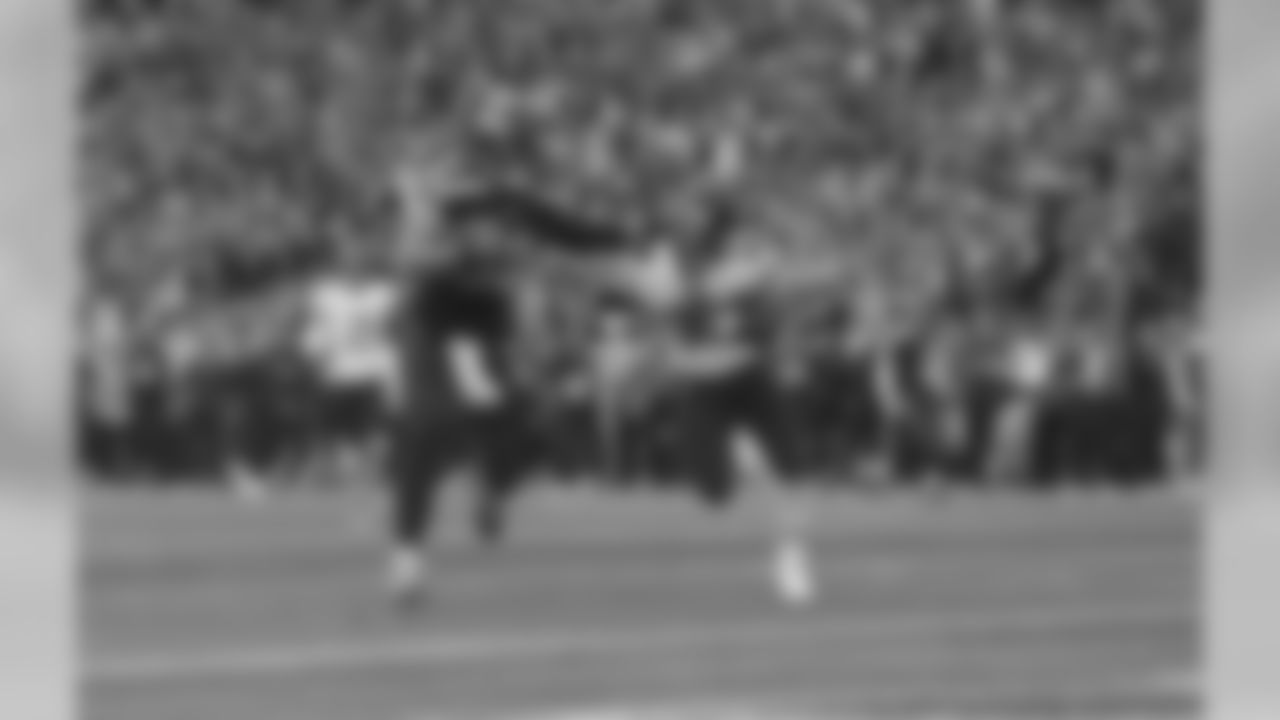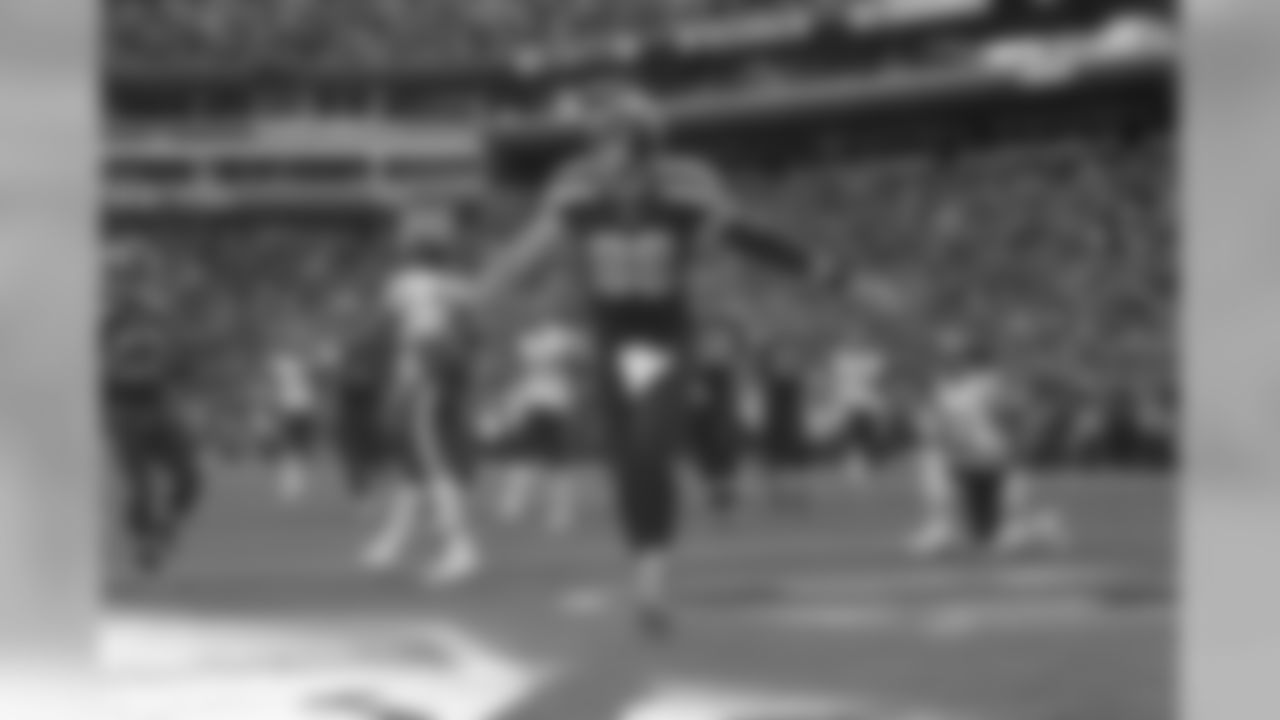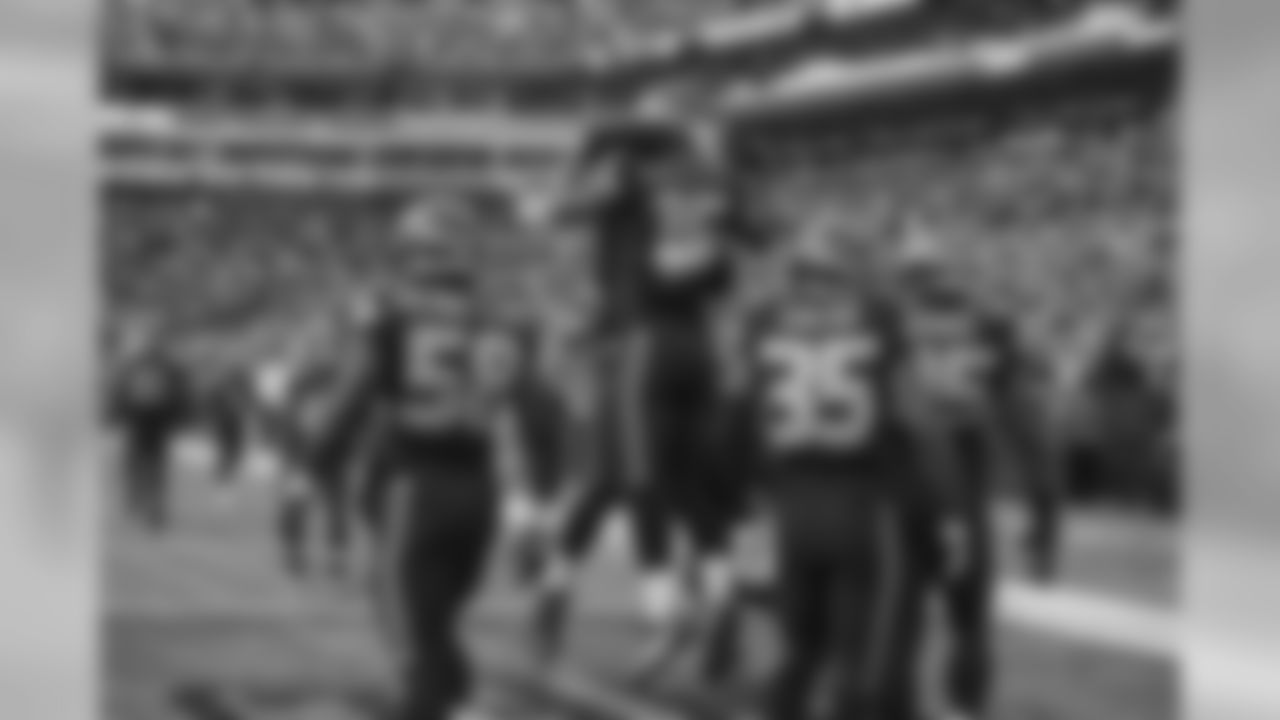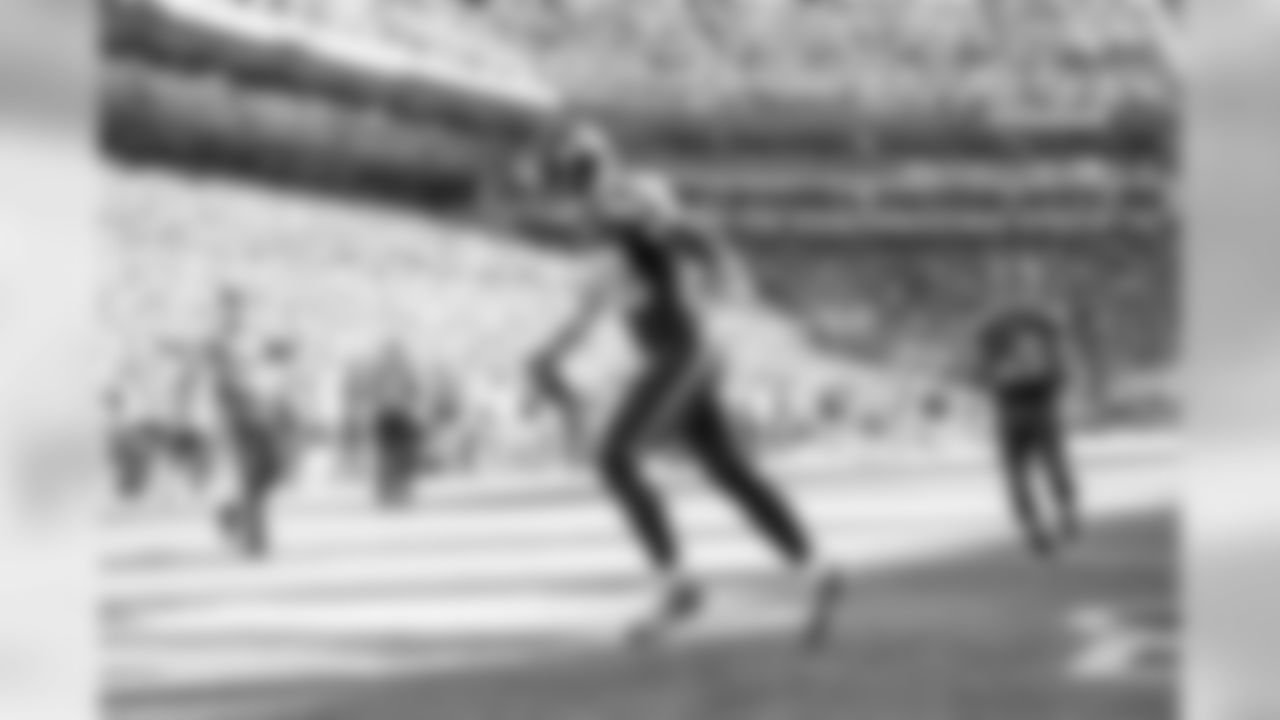Early in the week of practice, Seahawks special teams coach Brian Schneider noticed that Ricardo Lockette was a bit early to his block in a kick return that his team was working on. By Sunday, Lockette's timing was perfect, and his block on Chicago Bears safety Brock Vereen was the key to turning a good return into a great one.
Those little details, the things practiced all week only to be used a few times in a game—or in the case of Sunday's game, in which the Seahawks shutout the Bears, used only once—can make all the difference in the world on a return. On Sunday the entire kick return unit performed perfectly on its only play of the game, springing Tyler Lockett for a 105-yard touchdown that helped the Seahawks to a 26-0 victory.
There are times when a returner, especially one as gifted as Lockett, can improvise and make things happen even if the blocking isn't great. That was not the case Sunday, when Lockett caught the opening kickoff of the second half 5 yards deep in the end zone, ran straight up the numbers on the left side, hit a hole at the 20-yard line, then bounced the return to outside to beat kicker Robbie Gould on his way to his second return touchdown in three games.
"It was blocked beautifully, it really was," Seahawks coach Pete Carroll said. "It started with the running catch that Tyler did. That's such an effective way to start, he hit it on a dead run, so it's a great start to the play. The blocks were solid, Ricardo Lockette had a fantastic block coming across. That was probably the most outstanding block because it was the most wide-open aggressive hit, but everybody fit it up just beautifully, and off we went, then he beat a couple guys at the end just outrunning them. Our guys have been working really hard at this, they know they've got a treasure back there, so they're busting their tails, and it was a great illustration of it. That's probably as clean of a kickoff return as we've ever had for space, they didn't get close to him."
Schneider, who has been coaching special teams at the college and pro levels for two decades, agreed with Carroll's assessment, saying, "That was probably the best I've ever been a part of in terms of all 11 guys doing what we practiced and what we worked on, doing it with the spacing and the timing, it was excellent by all of them."
While Lockett deservedly get a lot of credit for a 105-yard return, it truly was a team effort to get the rookie from one end zone to the other. Here's what the play looked like to Schneider and many of the players involved.
Tyler Lockett: "They did a phenomenal job blocking to where it was easy to be able to read it and I don't think anybody touched me at all. Ricardo made that block to be able to get me to squirt out and then it was just me against the kicker and I had to try to make the kicker miss and after that a guy was chasing me, so I just had to make sure I didn't get caught. But it all starts with those 10 people. Kickoff return we've only got one shot but we always talk about making it the best because you never know how many opportunities you'll get and I think we did that (Sunday).
"We've got 10 players out there who do their jobs. You could tell; I wasn't even touched on that play, and it was because everybody did their job."
One of the keys to a great return, even when it is blocked well, is a returner who doesn't hesitate. When Lockett first comes out of the end zone, the space where he'll eventually hit a hole at full speed is still a mess of blue and white jerseys, but he continues at a dead sprint trusting it will open up.
Brian Schneider: "That (trust) is huge. And it's huge when the returner doesn't hesitate or chop his feet. It's not a natural thing to keep running at that—you have to trust those guys are going to do their jobs. Even that little hesitation of chopping your feet a little bit, the hole closes fast and it's over."
The next part of the return is mostly up to the blockers doing their jobs, but the finish is all Lockett, Schneider explains, noting that the play called for two players, Gould and safety Antrel Rolle, who was on the opposite side of the field, to go unblocked.
Schneider: "The kicker and (Rolle) really had an angle on him, but by his lack of hesitation and the speed he has, he was able to outrun the last two guys who weren't blocked… A lot of returners might have been pushed out at the 35-yard line, but he has that finishing speed to be able to go all the way."
While Lockette's block was the finishing tough to spring Lockett, everything starts with the two-man wedge formed by Jordan Hill and Demarcus Dobbs.
Schneider: "The wedge is always so important. That starts with their spacing… If they're too far or too close, then the timing of that thing doesn't hit."
Demarcus Dobbs: "The timing of the wedge is everything; that's what makes the play. That's up to Jordan, that's what he has to get right, and Jordan got it right. He got put in that position earlier this year, and he has just done a fantastic job. If not for that spacing, that play doesn't work out… We work as a group. He does the timing, and I'm looking down field to make sure our guys are still in their lanes. The return depends on him to get the timing right."
Jordan Hill: "Timing and spacing—where Lockett catches the ball, there's a certain amount of space we (look for) and we just timed it up really well. It was a deep kick, so we had to judge it a little bit, and it was just perfect."
While Dobbs and Hill started the process of clearing a lane, it took everyone involved for the hole to materialize. Kelcie McCray, Will Tukuafu, Brock Coyle and Mike Morgan were all involved in creating the initial hole along with Dobbs and Hill, while DeShawn Shead, Derek Coleman and Kevin Pierre-Louis blocked players further up field before they could get close enough to make a tackle.
Mike Morgan: "Everybody had their blocks, everybody was on the right marks. A lot of kickoff return is spacing and timing—the wedge was set up perfect, all the front-line blocks were set up great, the double-team was set up perfect—because he ran right off a double team and hit it.
"Normally you'll have a guy here and there (unblocked). If you have a special returner, he can make a guy miss, but on that one he didn't have to worry about anything. He just hit that full speed and was gone."
Kevin Pierre-Louis: "It was amazing. When you see that lane—I remember watching the replay on the jumbotron and seeing how well it was blocked, I was like, 'man!' Then watching it on film, when you've got a guy like Lock, all you need to do is hold onto that block for a second and a half, two seconds, and that's going to give him enough time.
"When you've got a returner like Lockett, it makes your job easier mentally, because you're telling yourself, 'I just need to get on my guy, I don't need to block him for too long, just long enough for him to hit his crease, and he's gone.' That mentally helps you work harder when you've got a guy like that.
Hill: "It just looked like a video game. He's got a lane and he goes."
Kelcie McCray: "I was in a double team with Big Will, and I feel like everybody on that play executed just perfectly. By the time I got to the double team, Will already had him, I just had to finish him off. Everybody executed their technique perfectly."
"Honestly, in my four years playing special teams in the league, I haven't seen one that clean. I think every block was executed perfectly, and it was a fantastic result."
DeShawn Shead: "That was 100 percent execution. The wedge had great blocks, Ricardo Lockette had a great block, everybody across the board did their job and made great blocks. If everybody does their job with an explosive returner like Tyler Lockett, the sky's the limit. We expect to score every time he catches the ball."
Brock Coyle: "It was outstanding. We worked really hard all week to set everything up—our goal that week was to be as perfect as we could be, and we really executed that. The cool thing was that on the first one in the game, and the only one, we did it really well."
Had everyone done their job up to the point of creating the initial hole, Lockett would have had a good return to give Seattle solid field position, but Vereen might have cleaned up before it became a huge play, but what Vereen didn't know as he waited for Lockett to emerge from the hole was that Lockette, who initially lined up on the opposite side of the field, had run all the way across the field to time up the finishing block on a perfectly schemed and executed return. With Lockette's block, all 10 players other than Lockett had blocked someone on the play, and all 11 did their job exactly as it was drawn up, resulting in the game's first touchdown.
Schneider: "Lockette's block was cool, that's one thing we corrected. Early in the week we were going too fast. Just the way he prepared that week enabled him to do that. That was kind of the final piece of the puzzle in a really well-blocked play."
Ricardo Lockette: "It's just like offense. Everybody has to be synchronized. Coach did a great job preparing us all week for that. When it was time to do it, we just did it exactly like it was practice. (Lockett) makes it easy on us because you don't have to hold your blocks that long since he's a north-south guy.
"It's exciting. First, you have to figure out the guy you have to bluff on your side, then you've got to trust in your speed that you can get there before 16 gets there. I just went for it, man. It was exciting to see the play unfold and see it work. It's exciting."
Pierre-Louis: "I wish people could watch film with us and see the amount of effort (Lockette) puts out on special teams. It's guys like that who help us be better on special teams."
Shead: "Ricardo made an amazing block. That was one of the big key blocks. He came all the way across, and with his speed and his physical ability to make that block on (Vereen). He was the safety who's trying to hang back—the save-the-day type guy—but Ricardo Lockette made the block and he saved the day instead."
Once Lockette made that final block, Lockett made the one cut his return required, running around Gould and Rolle and down the sideline. For different players involved, confirmation that the play had succeeded came in different forms.
Shead: "You can feel it playing at CenturyLink. You can feel the 12s you feel the energy and hear the crowd roaring. Then I felt Tyler Lockett go by me, and I knew that was my time to—we call it retrace—once the returner goes by me, the kickoff team is going to try to retrace and go try to catch him, so I've got to get off my block and chase and try to get in between them. I felt the 12s, I felt Tyler Lockett go by me, and that's when I knew I had to go run and help."
Coyle: "There are so many factors in kick return, that's probably the hardest jobs because guys are running full speed at you, so you don't really know until you hear the crowd. You've held your block long enough where you know something good has happened if you haven't heard the whistle yet."
Lockette: "I feel the momentum shift from the guy I'm blocking pushing on me to letting go because he has to go chase him down. But once he's in chase mode, I know it's pretty much a done deal."
Hill: "I heard it more in the crowd. I hit the guy and kind of spun around, and I started jogging, then I saw he was going in for the score, I just started celebrating with everybody on the sideline. I was saving my breath for the next play (on defense)."
Dobbs: "He zoomed right past me, it's a blur, and you know he's gone."
The home opener of the Seahawks 40th season anniversary saw Seahawks Legends being honored, the 12s in full force, and the shutout of the Bears with the game ending at 26 – 0.
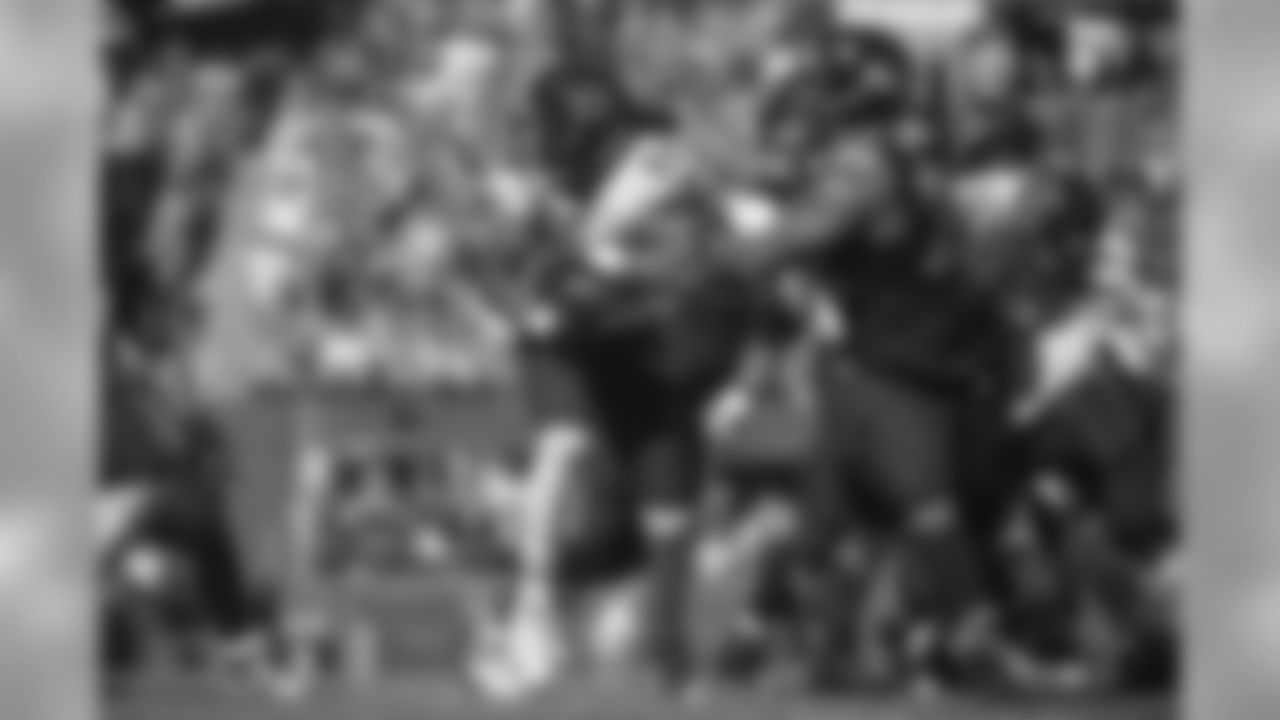
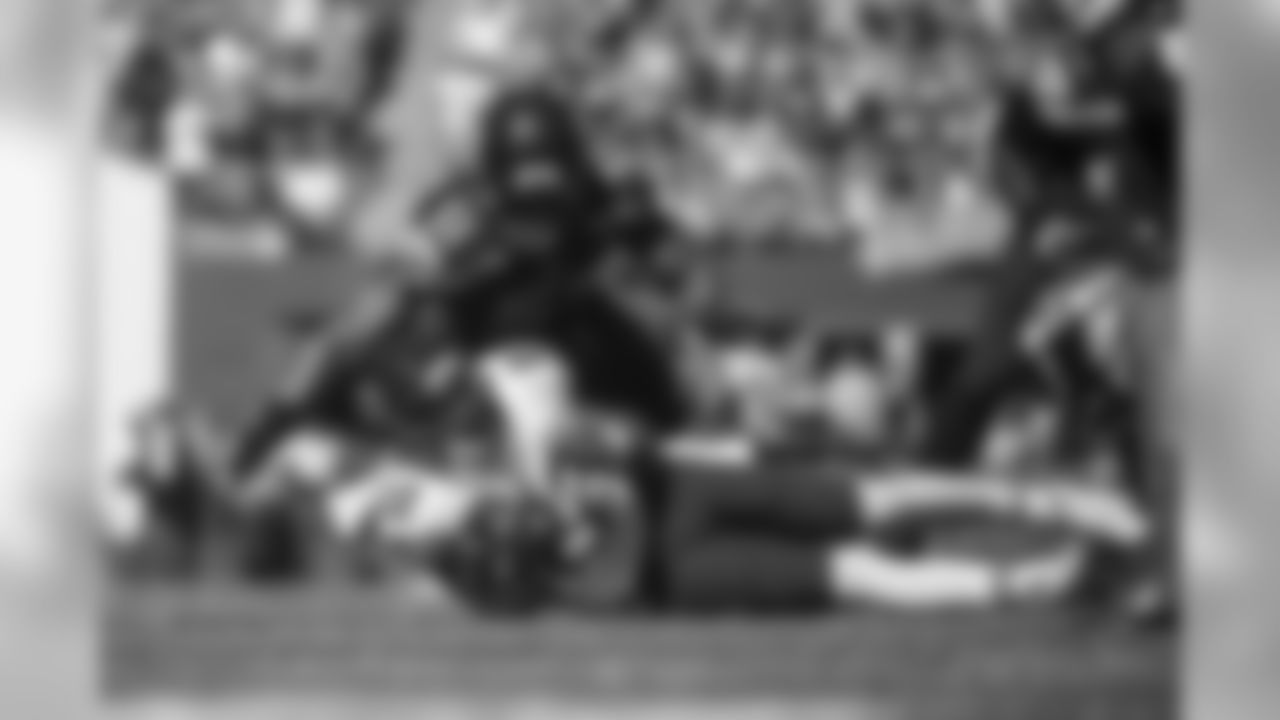

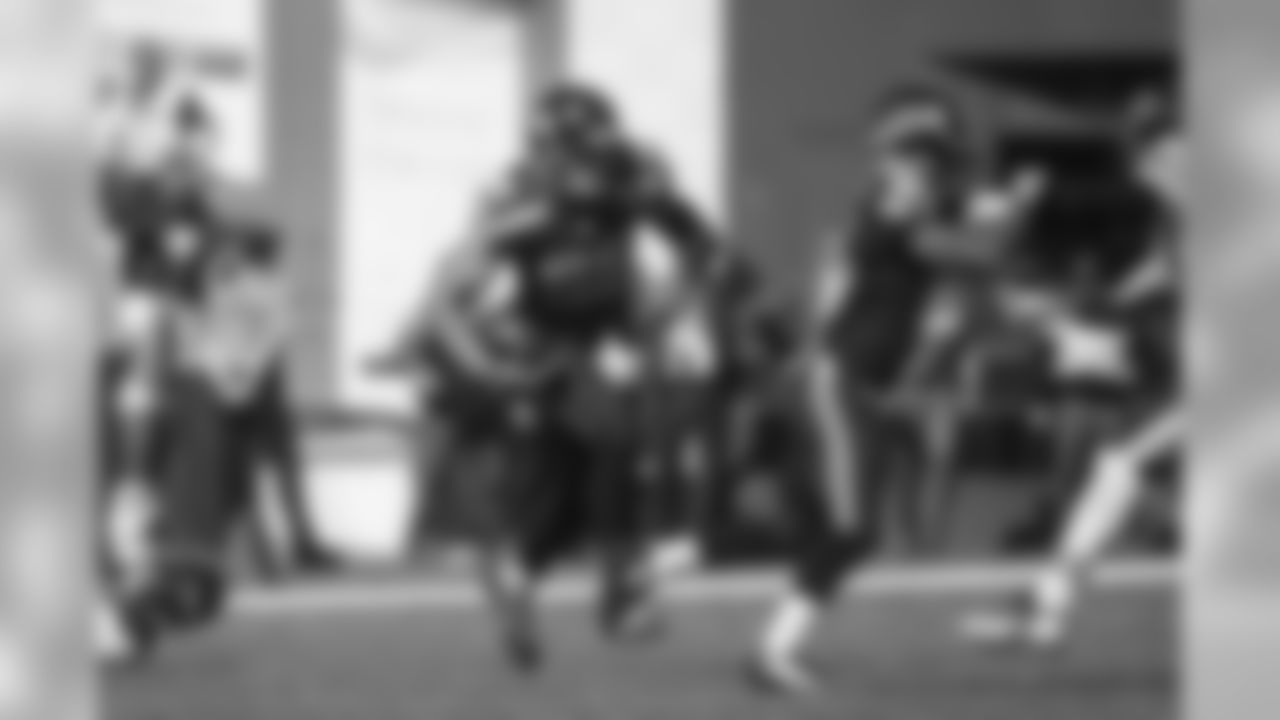
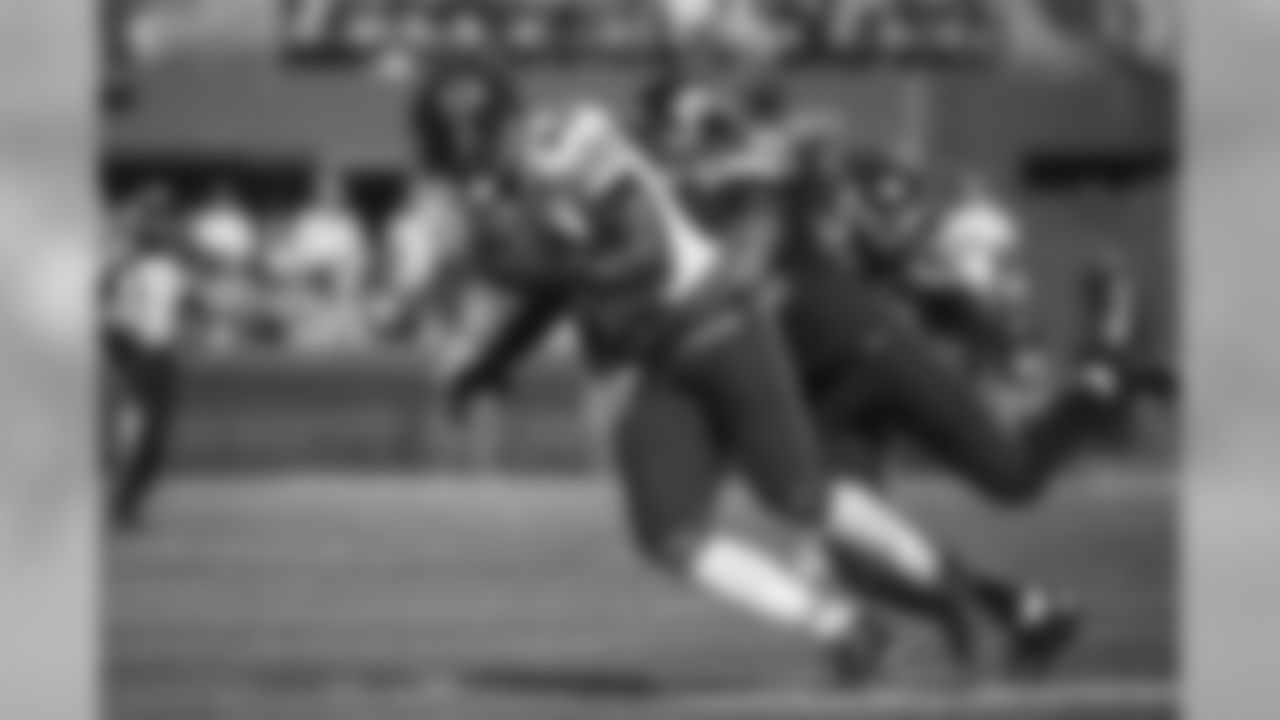
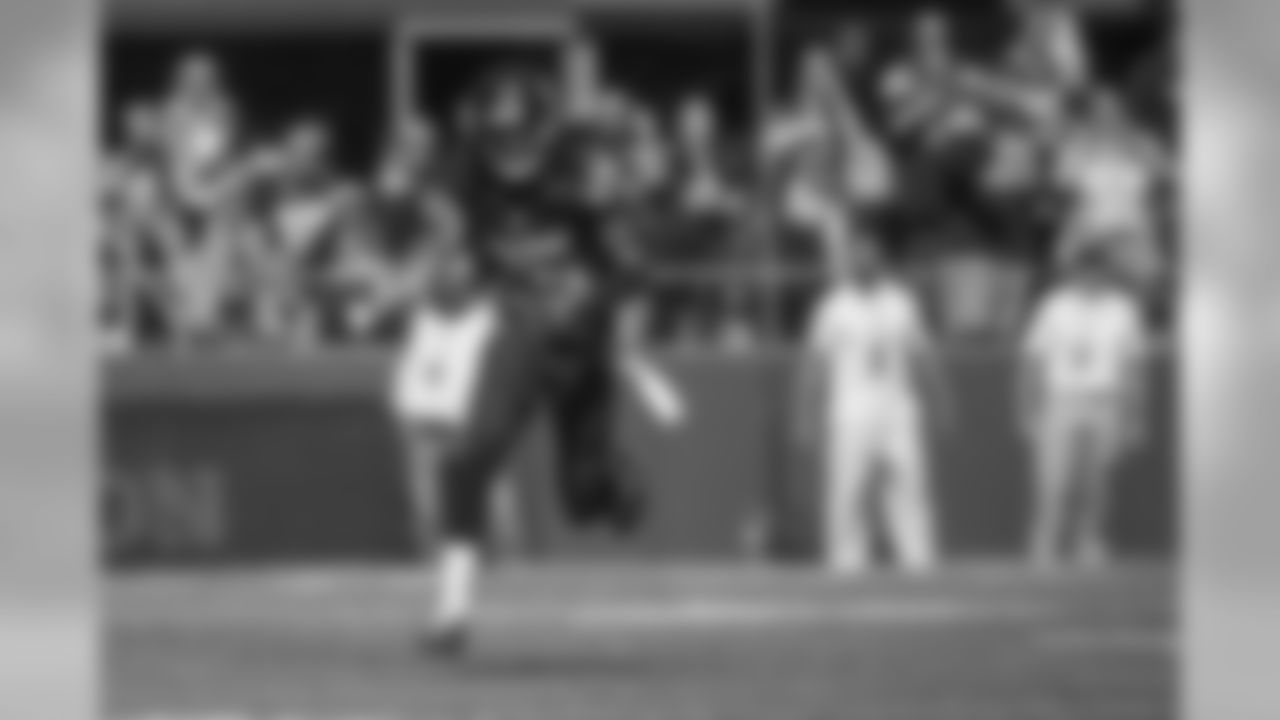
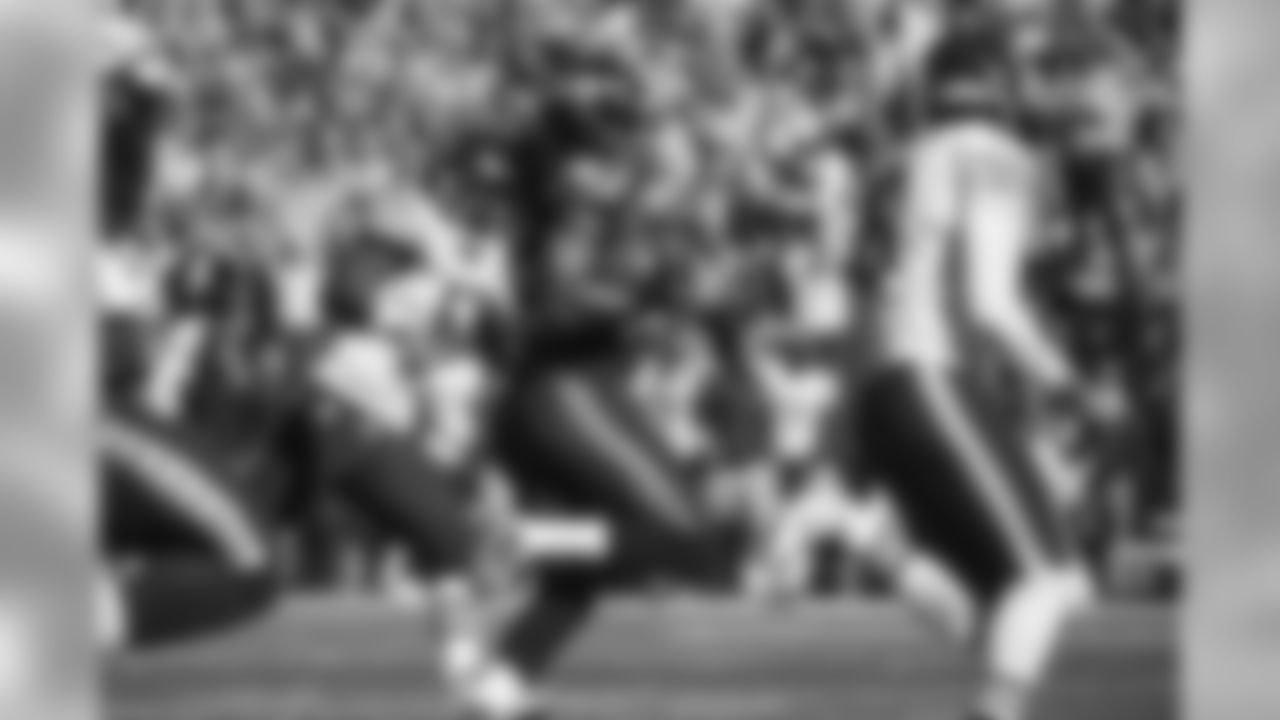
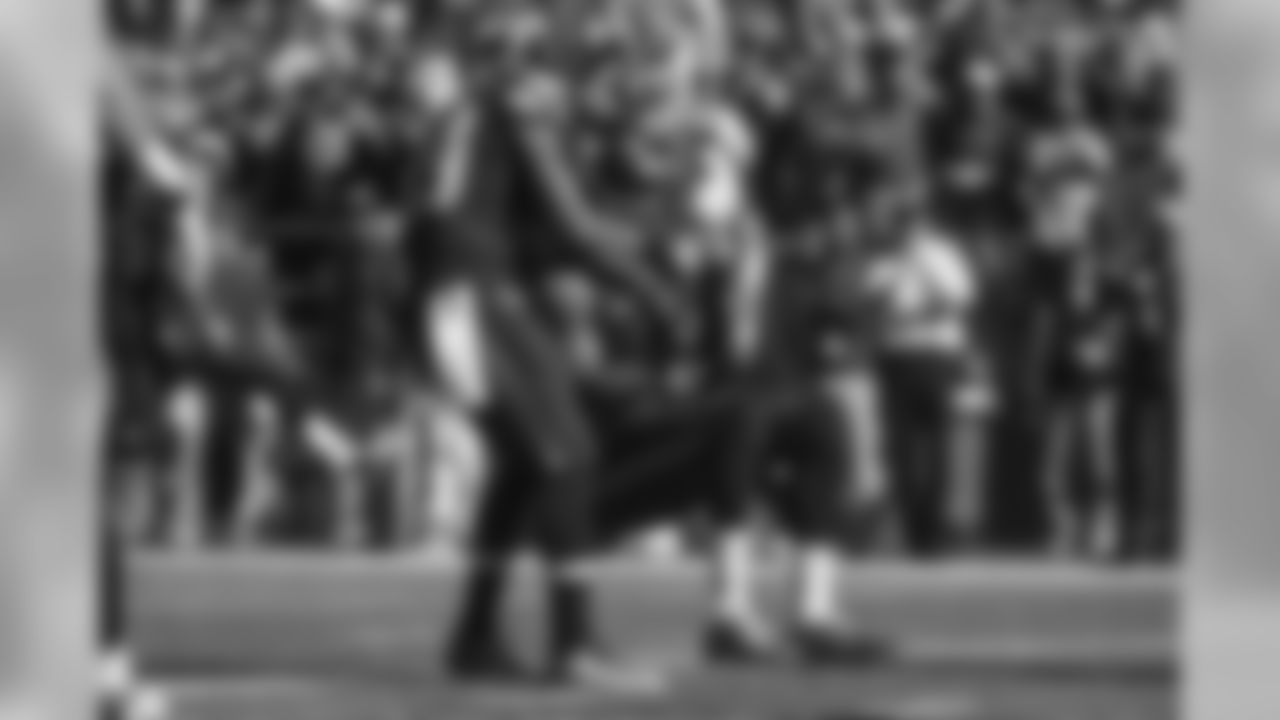
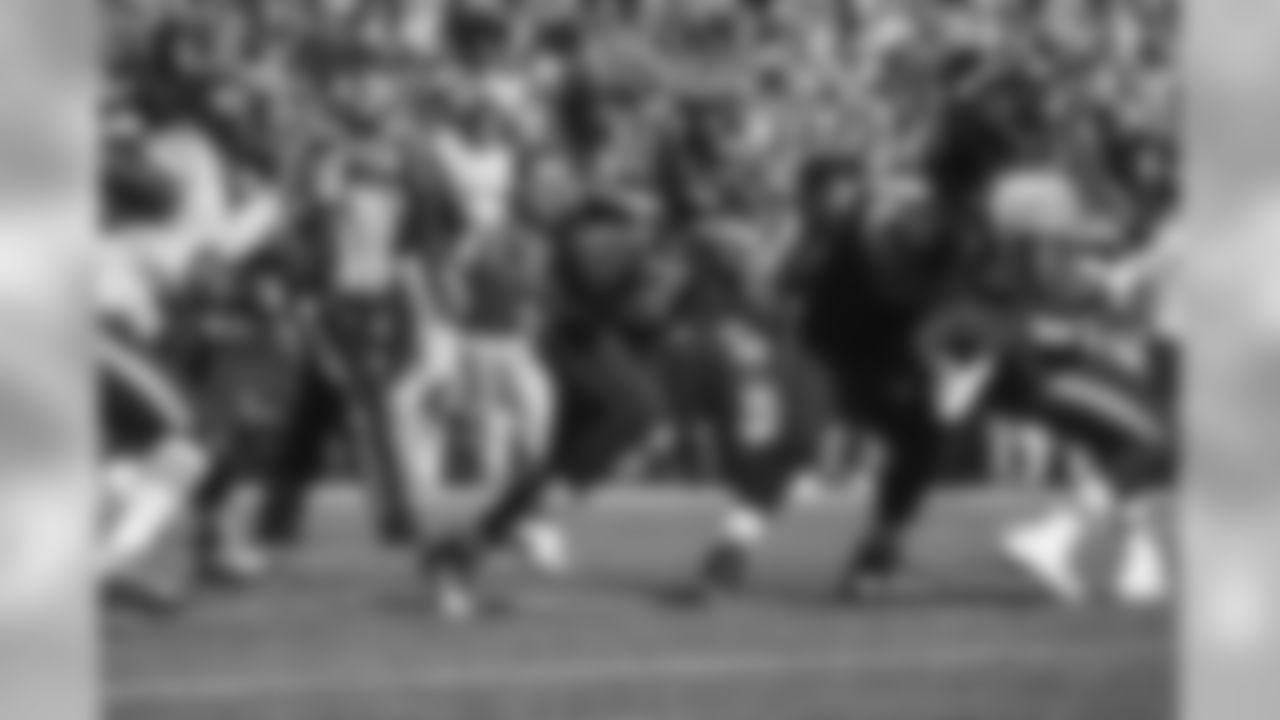
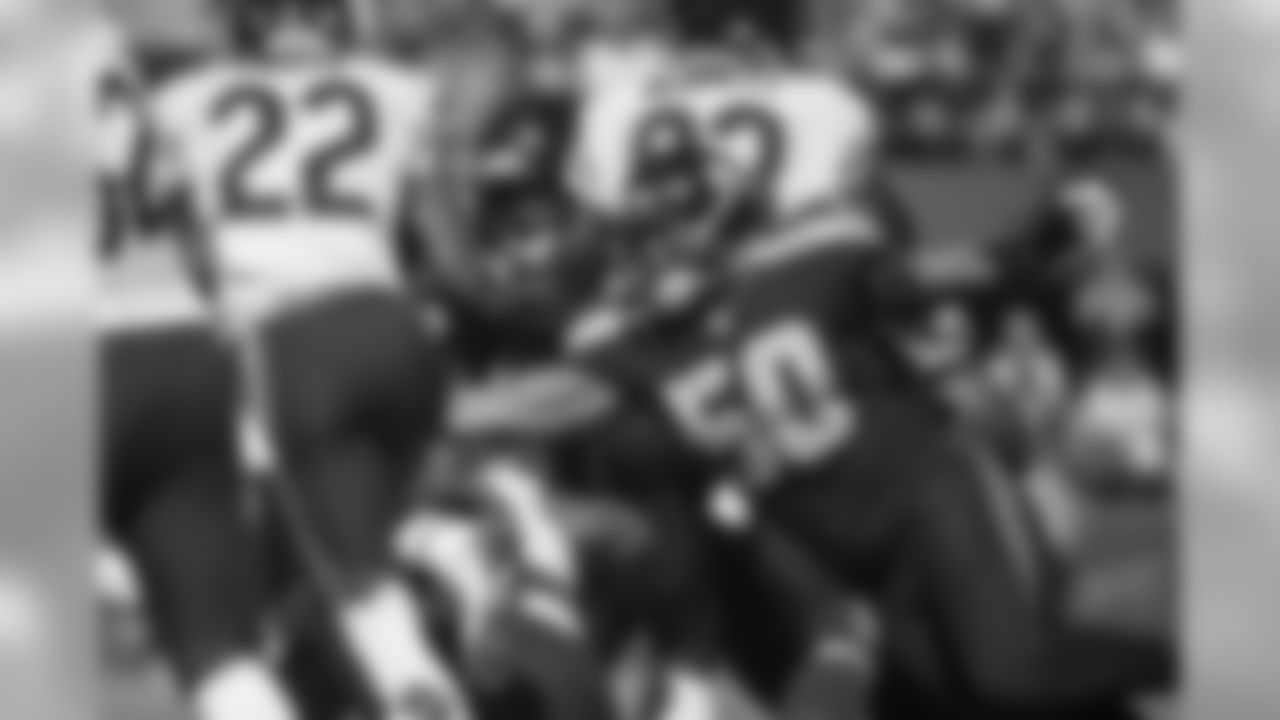
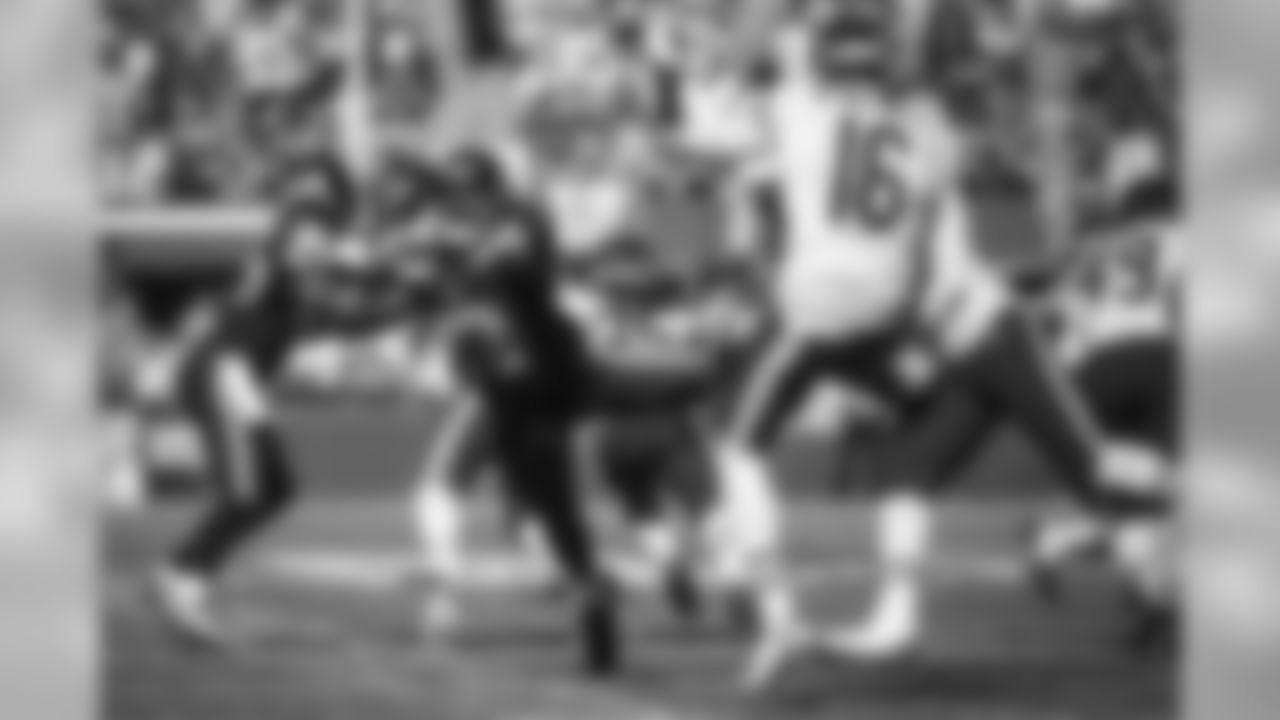

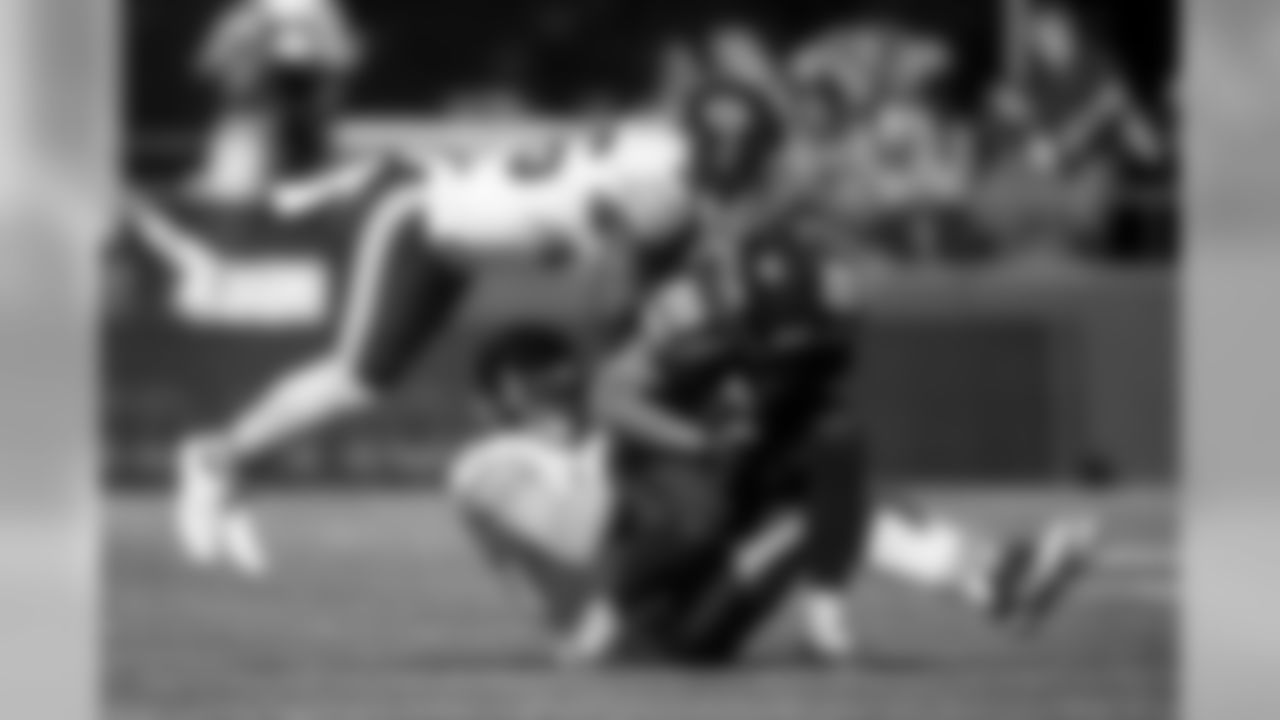
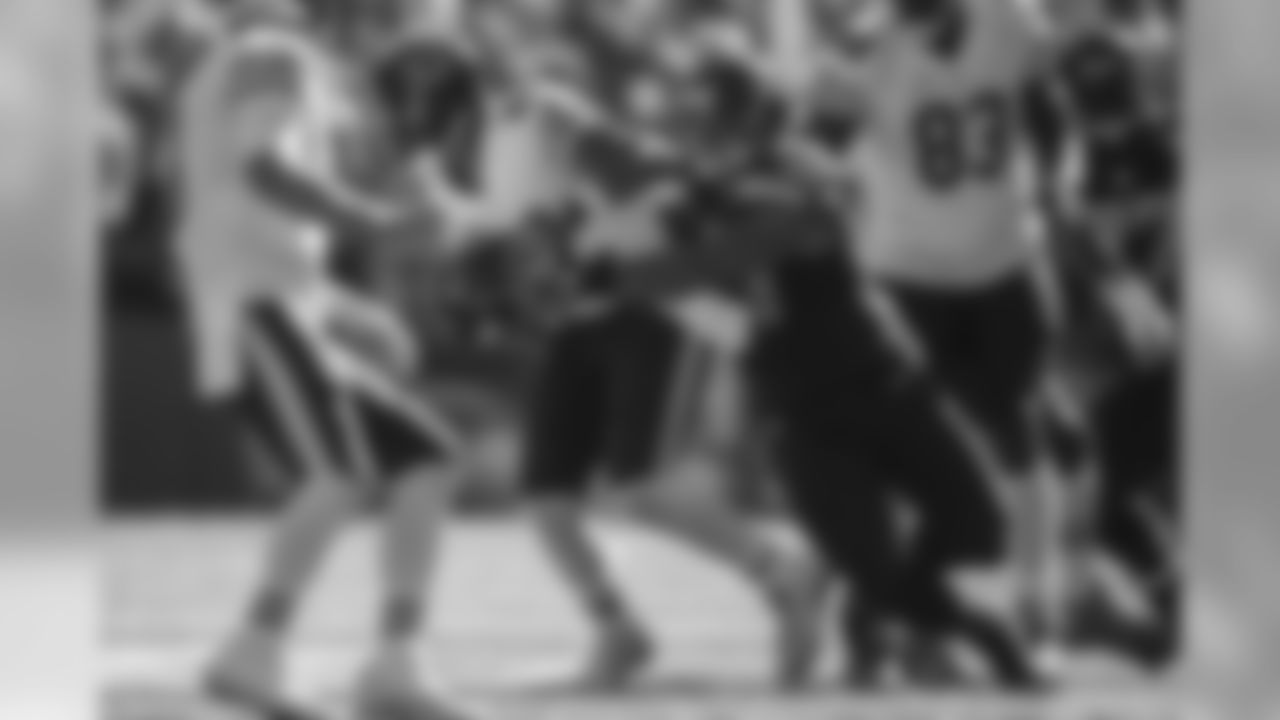
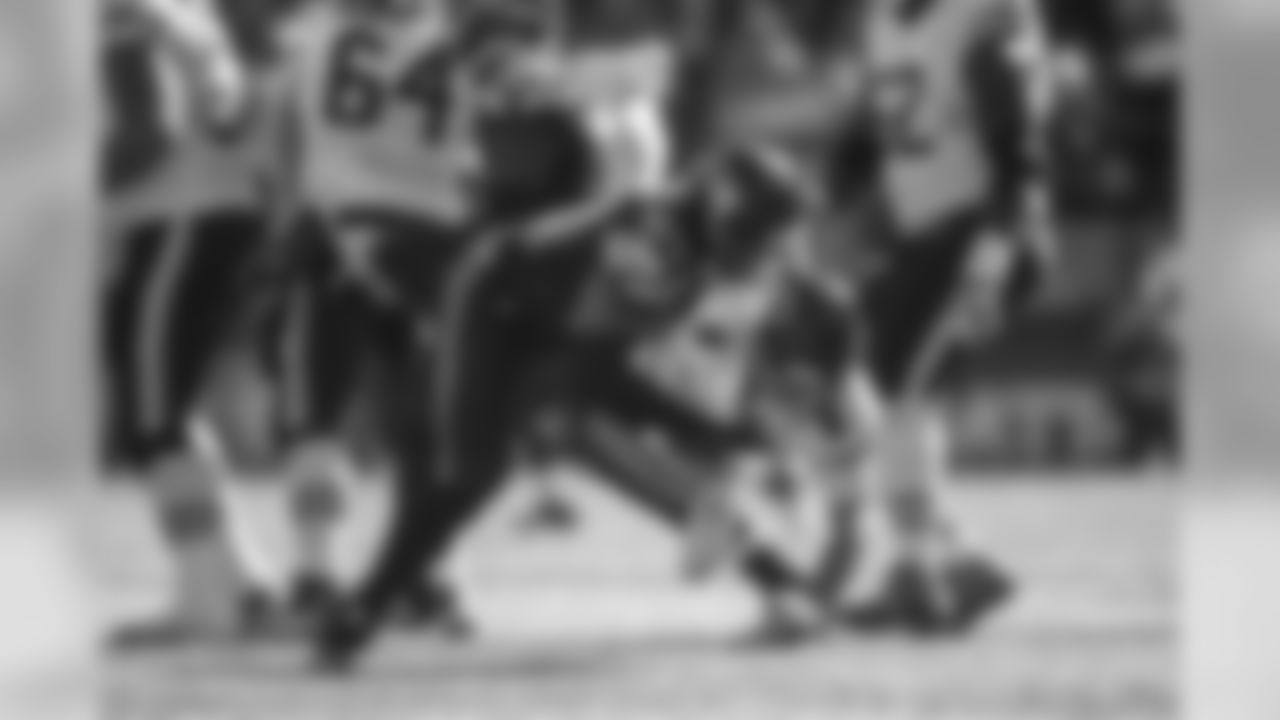
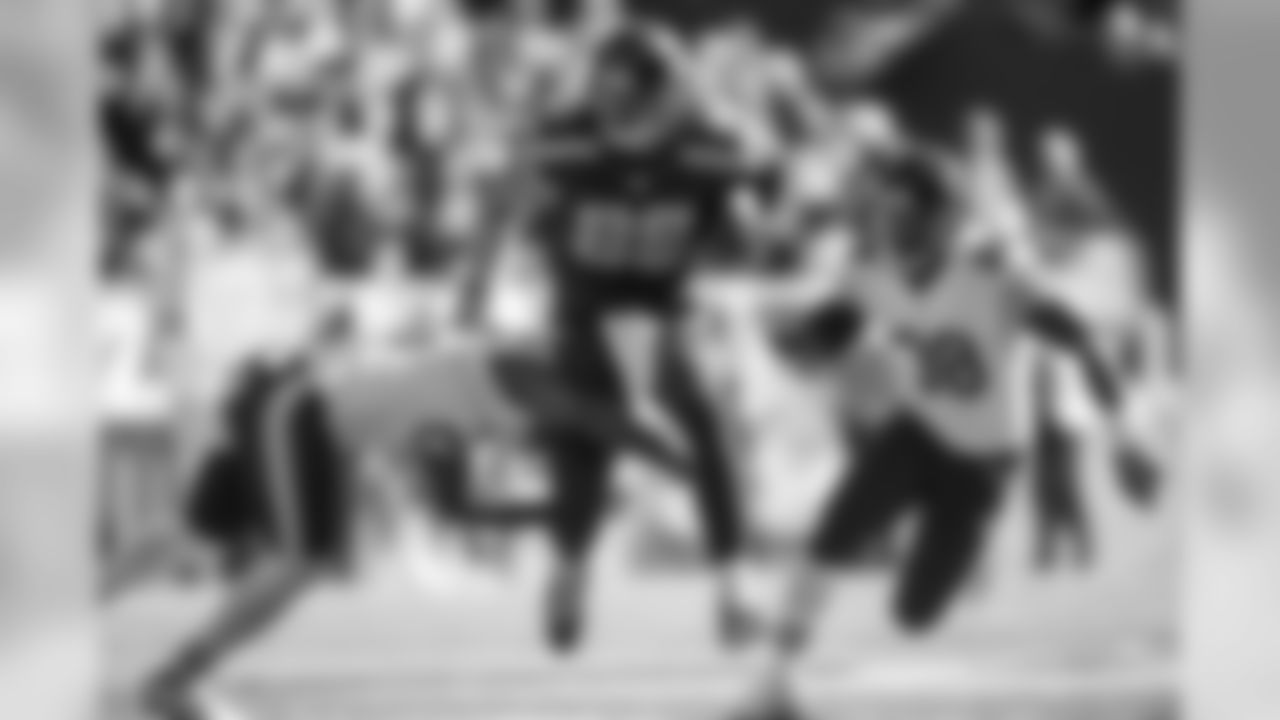
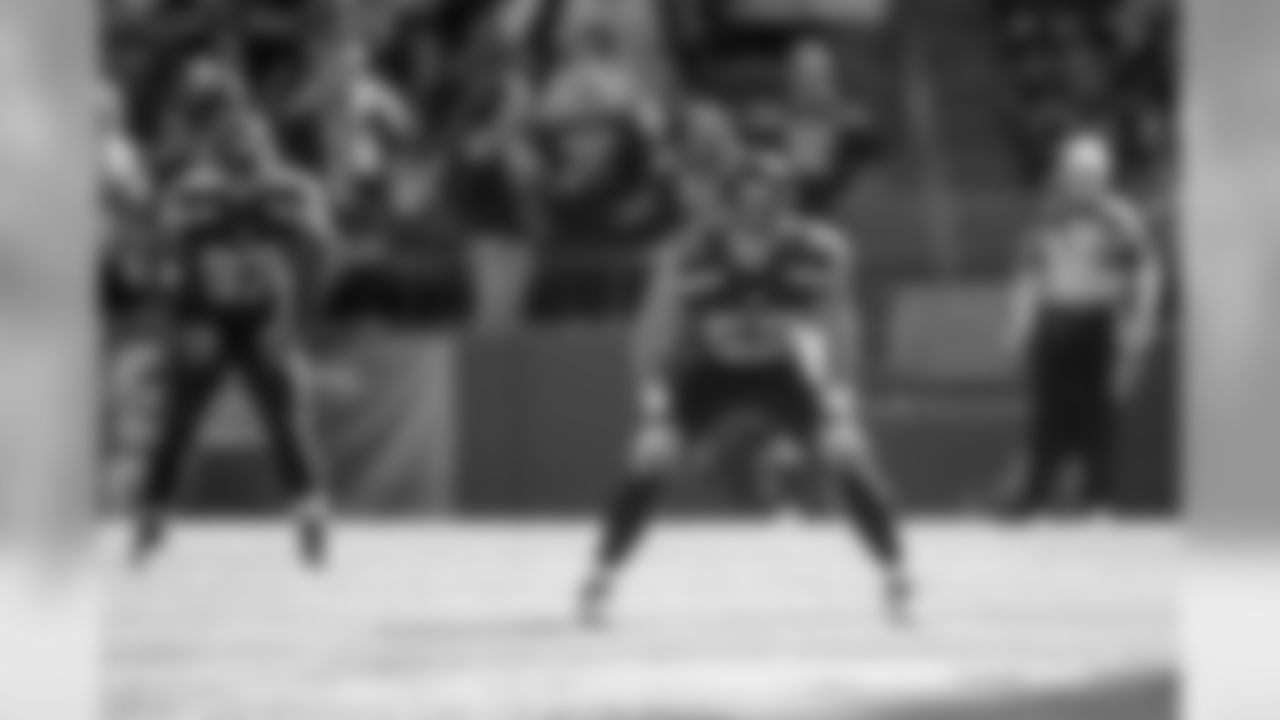
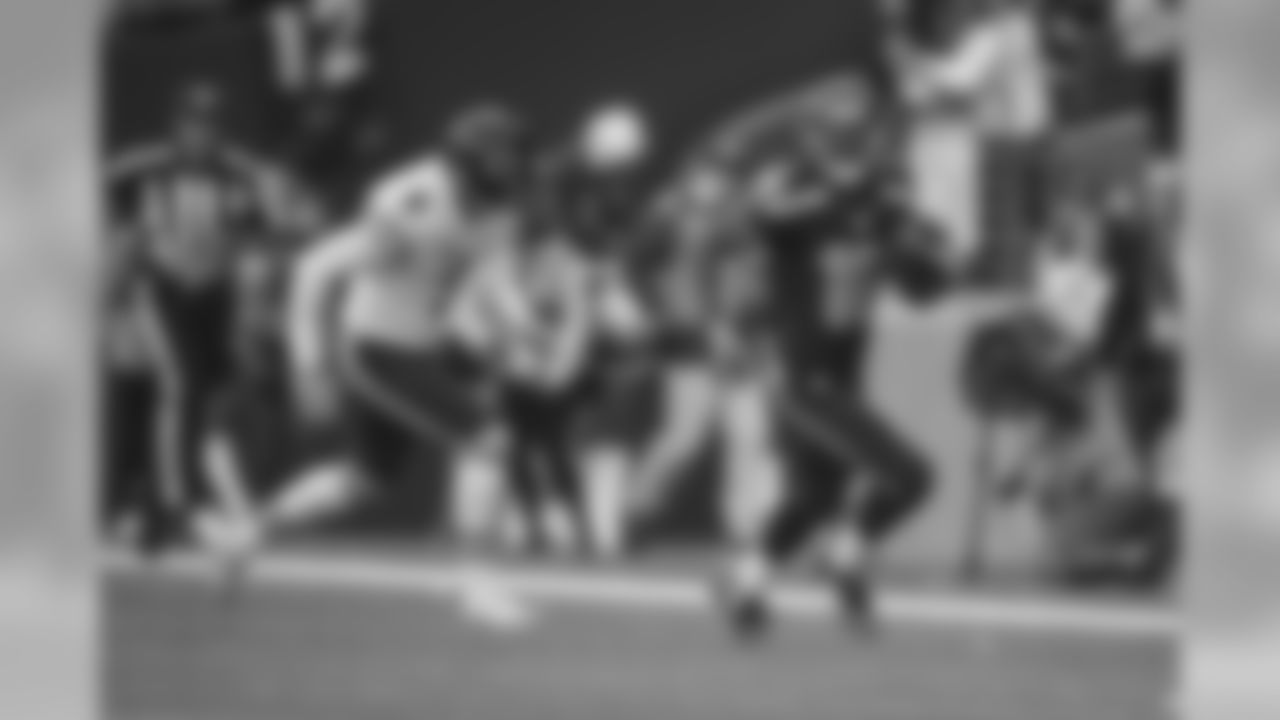
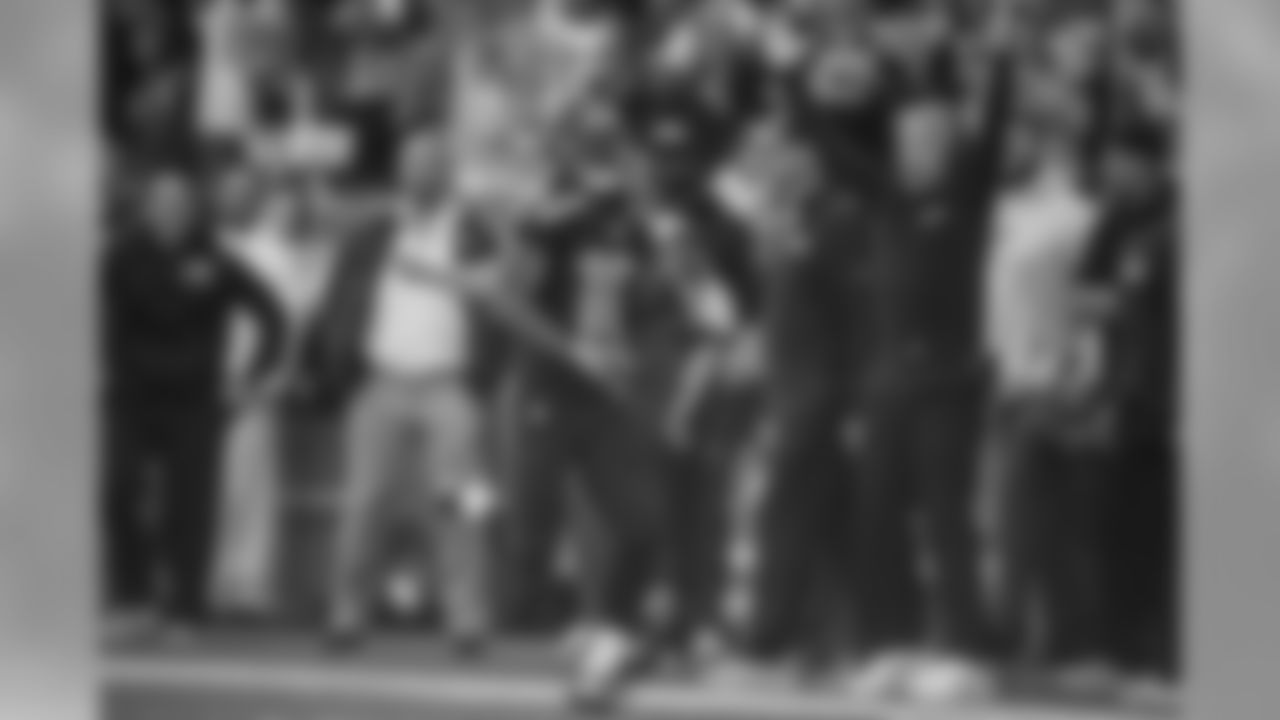
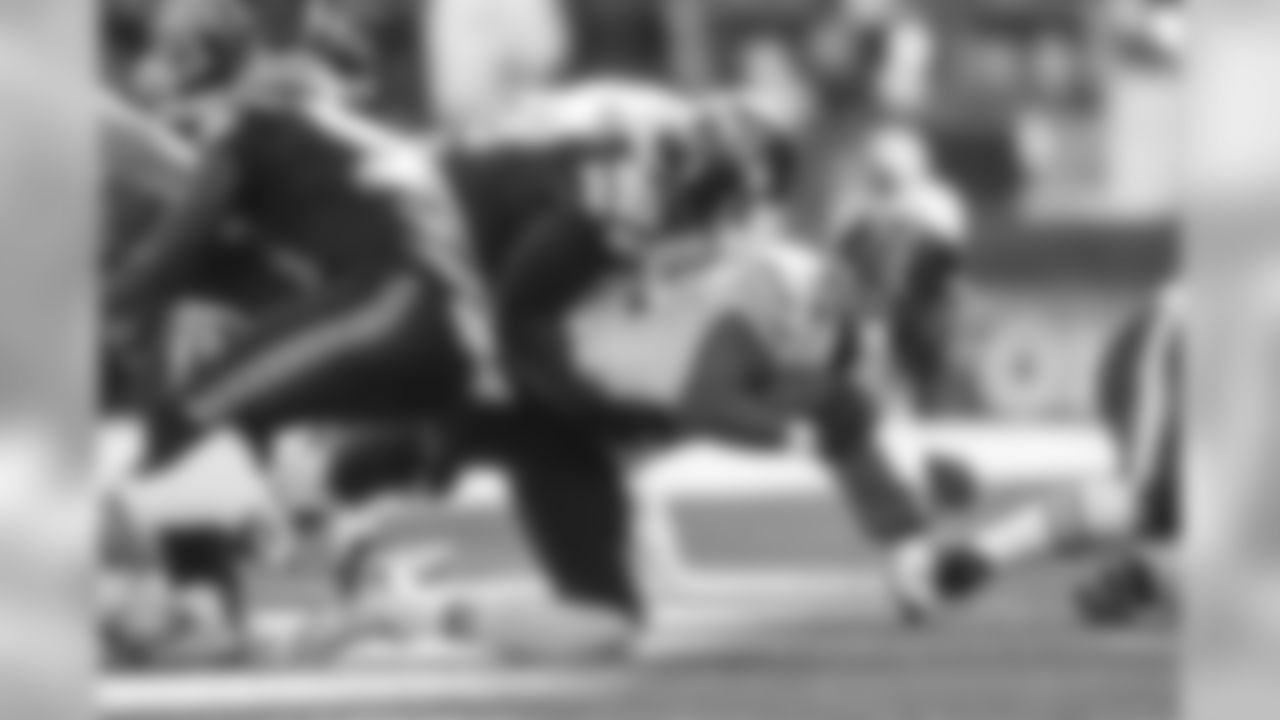
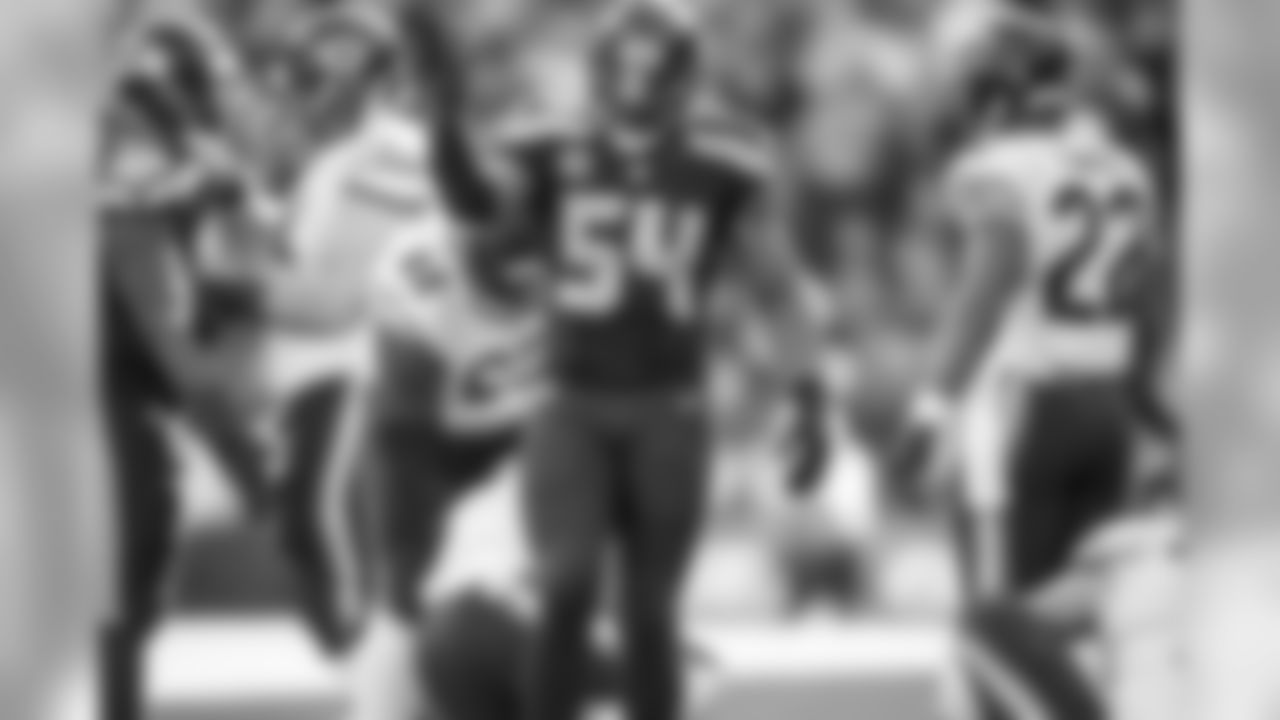

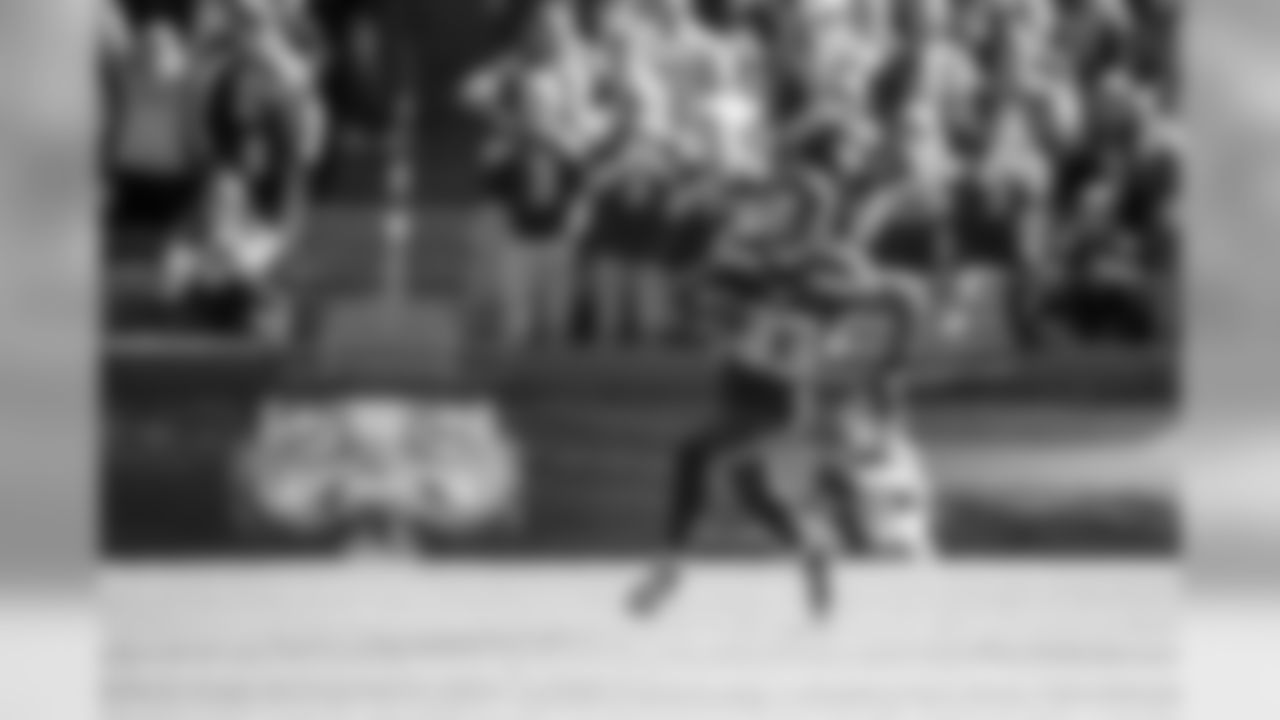

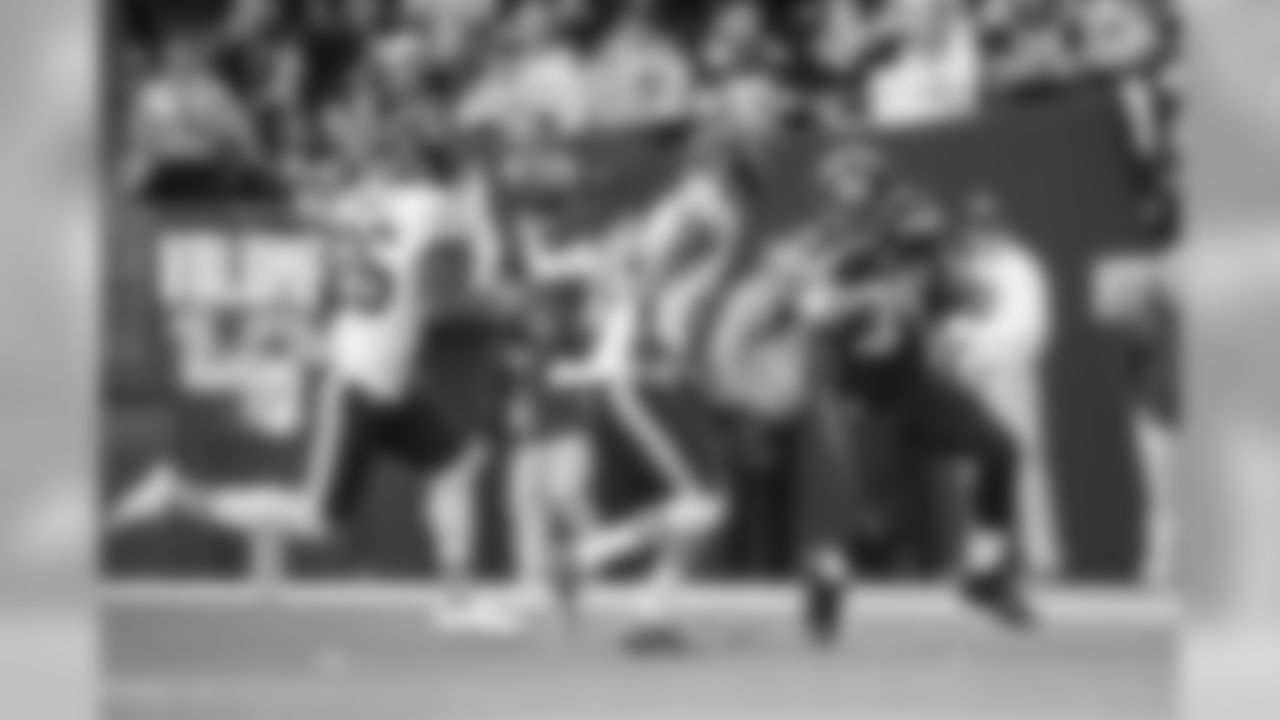
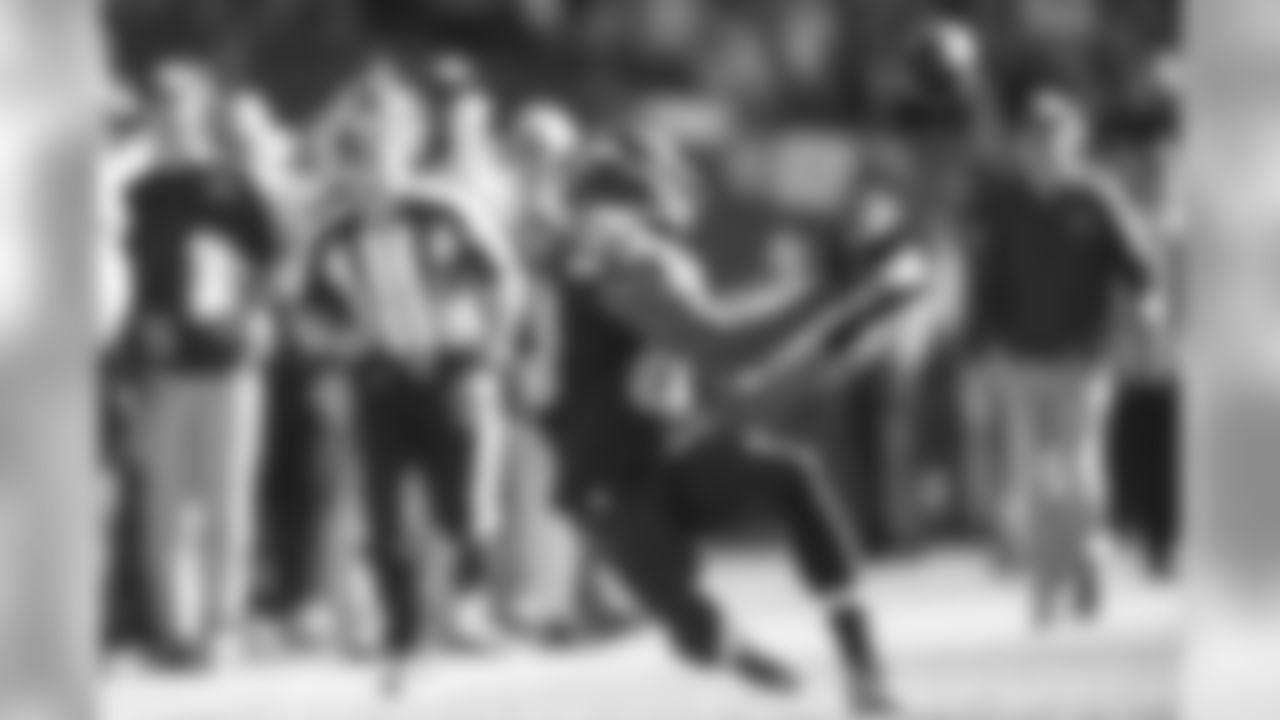
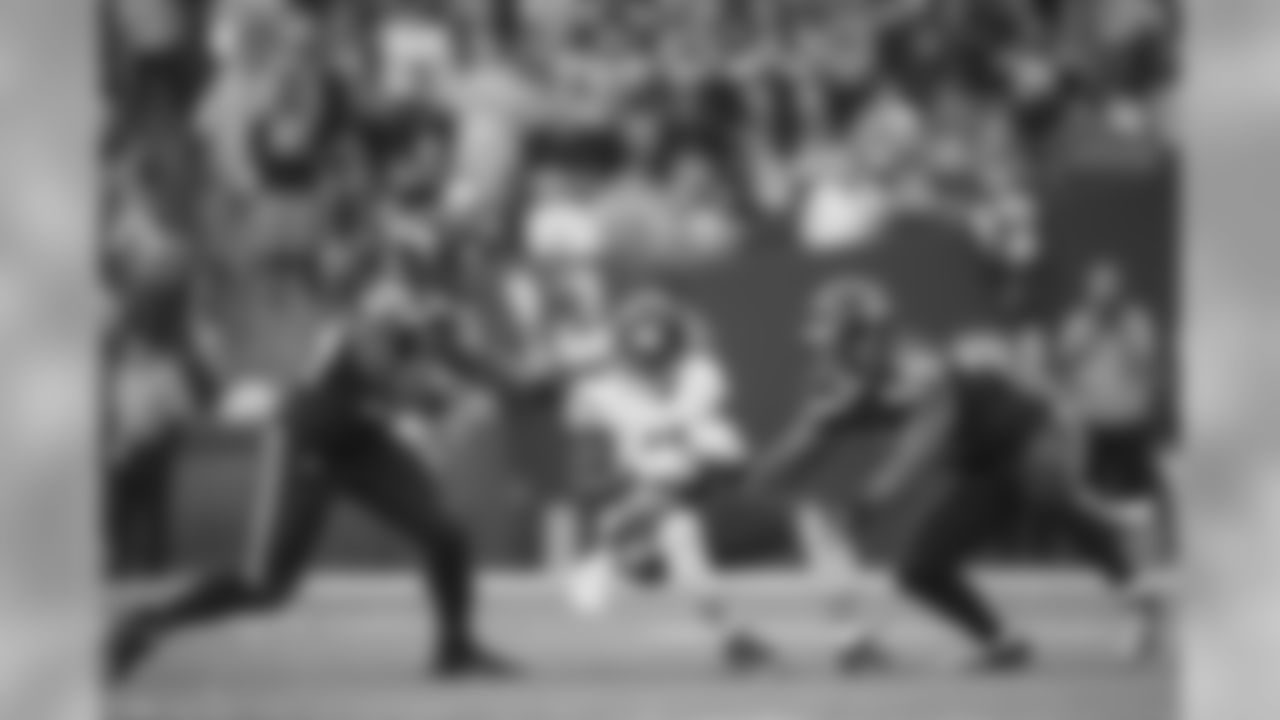
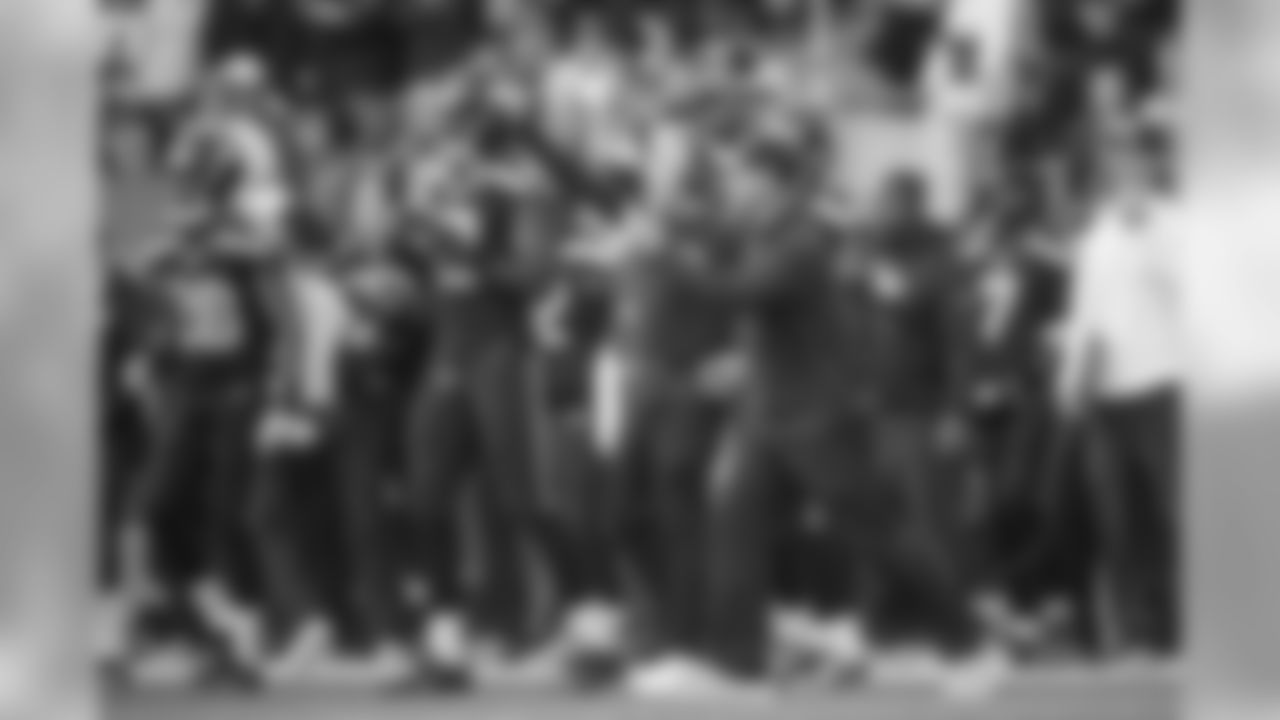
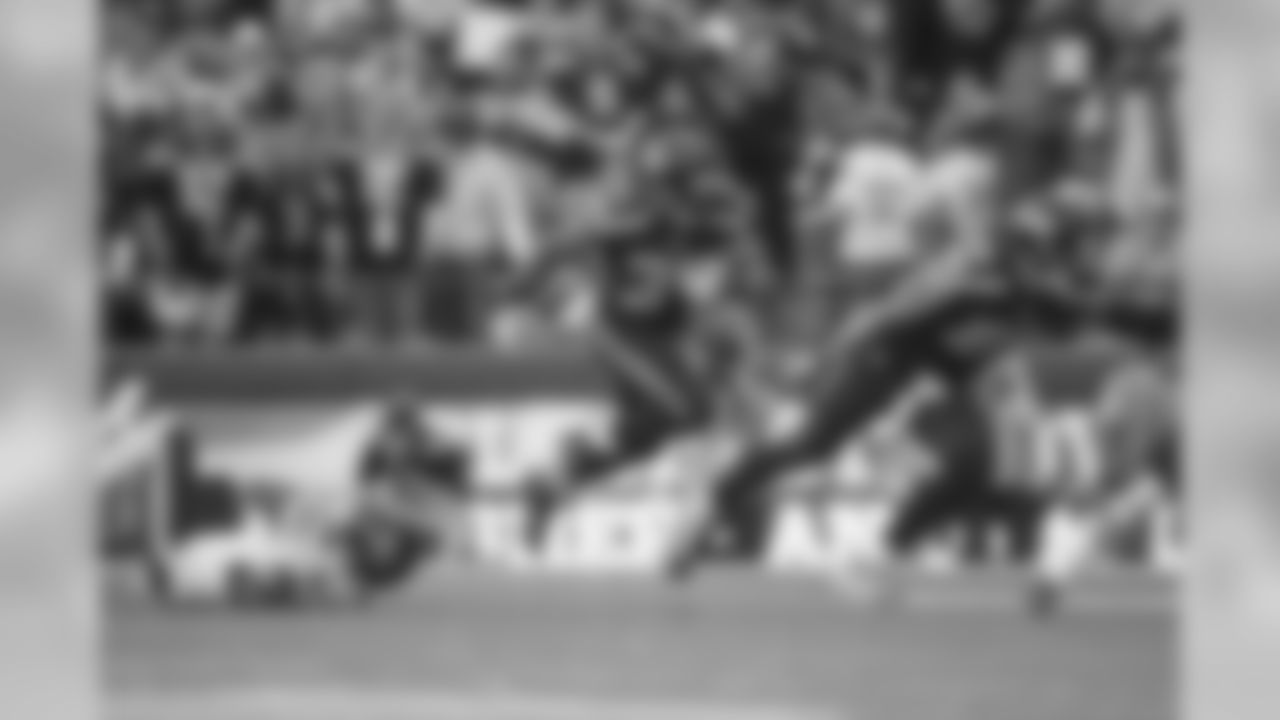
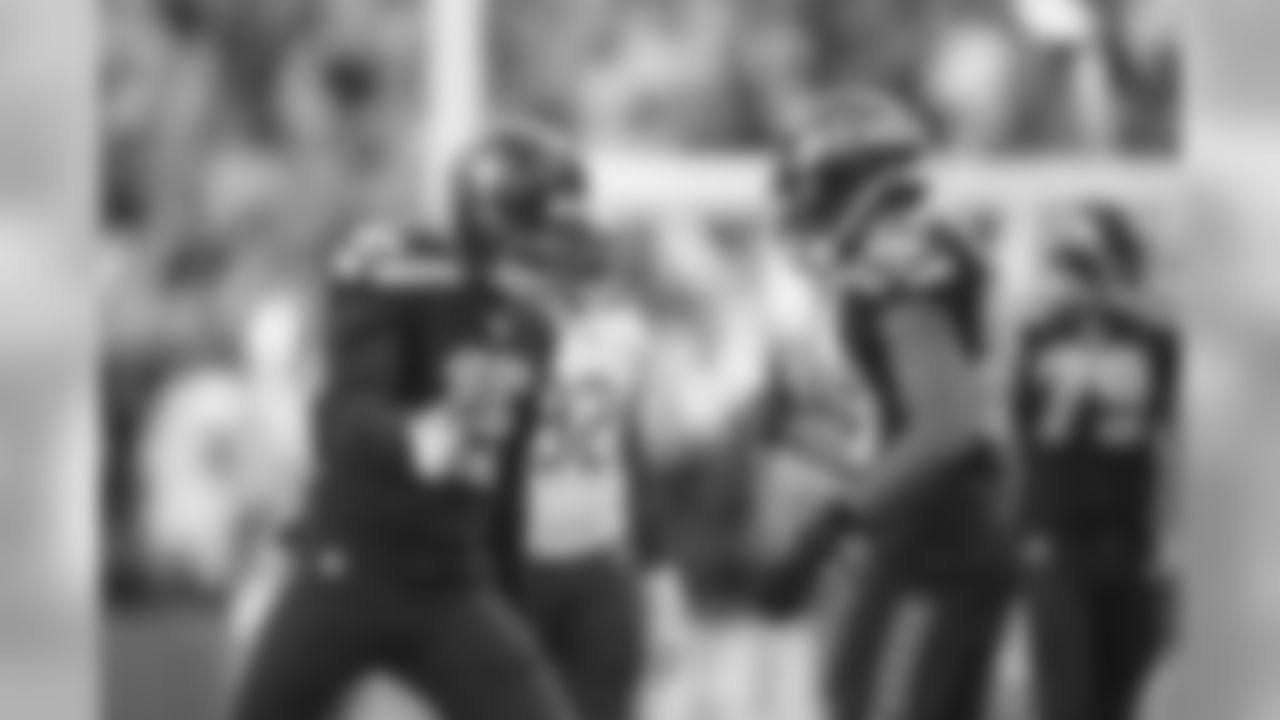
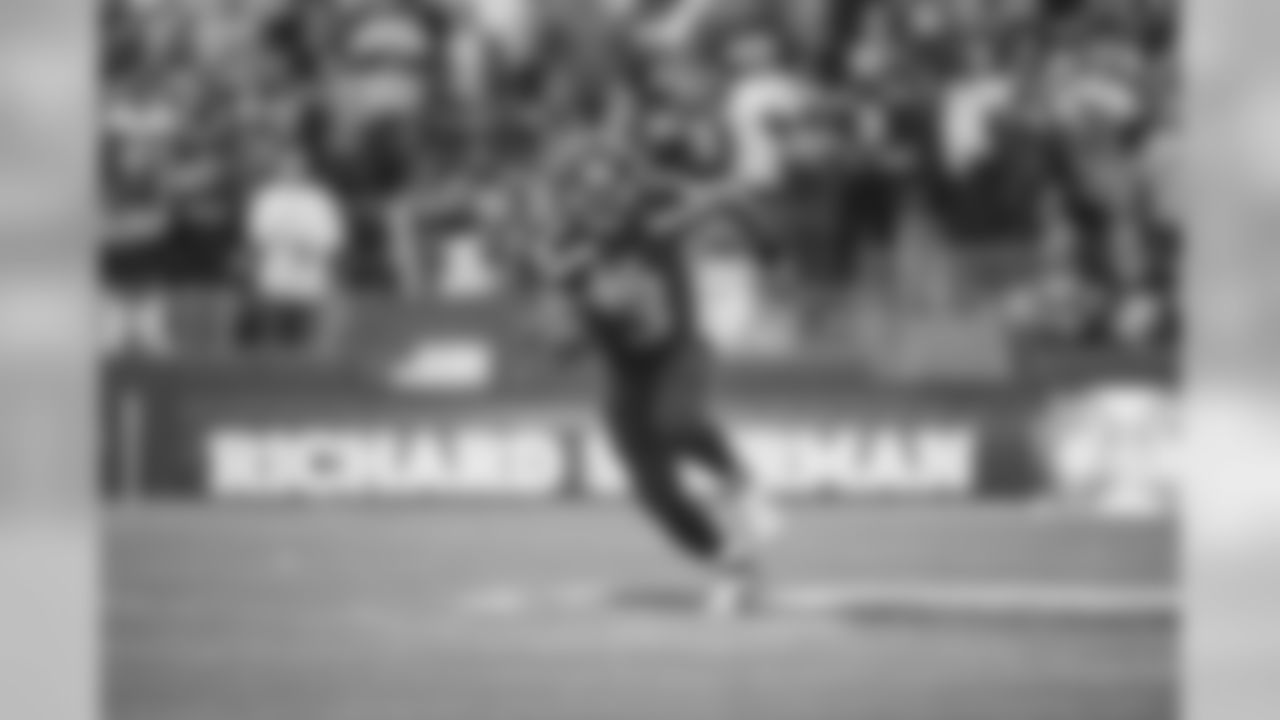
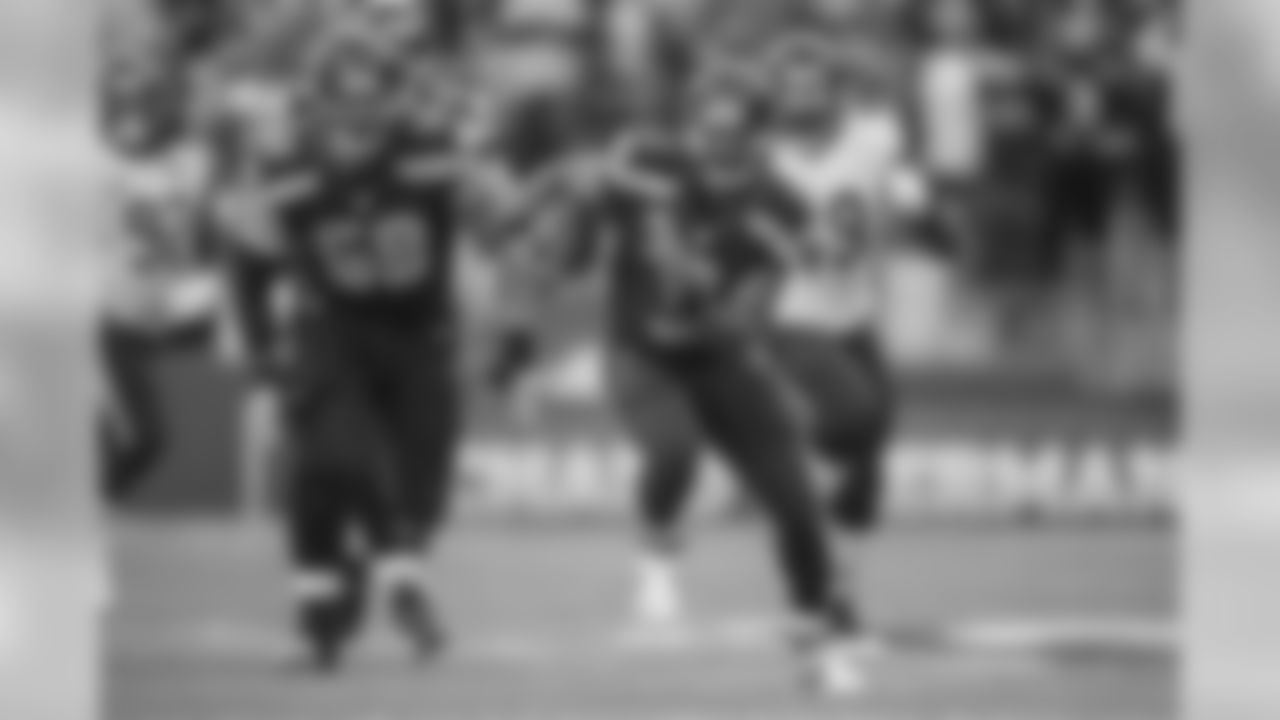
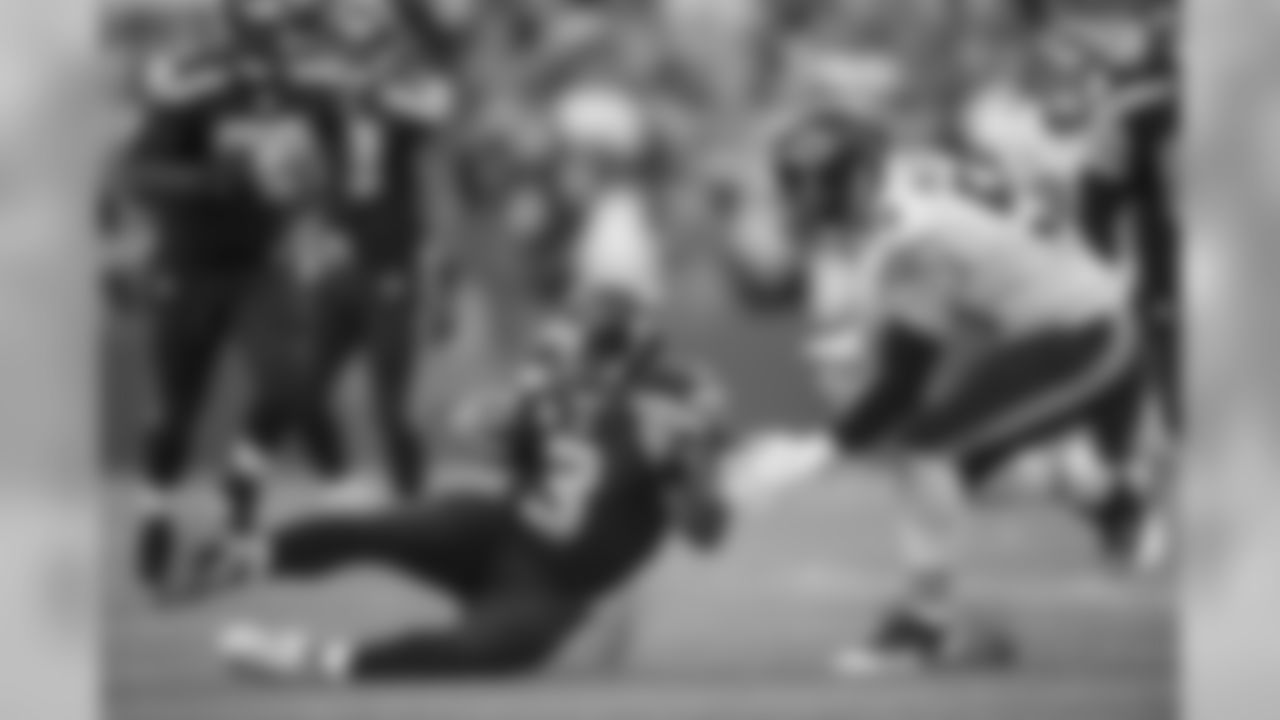
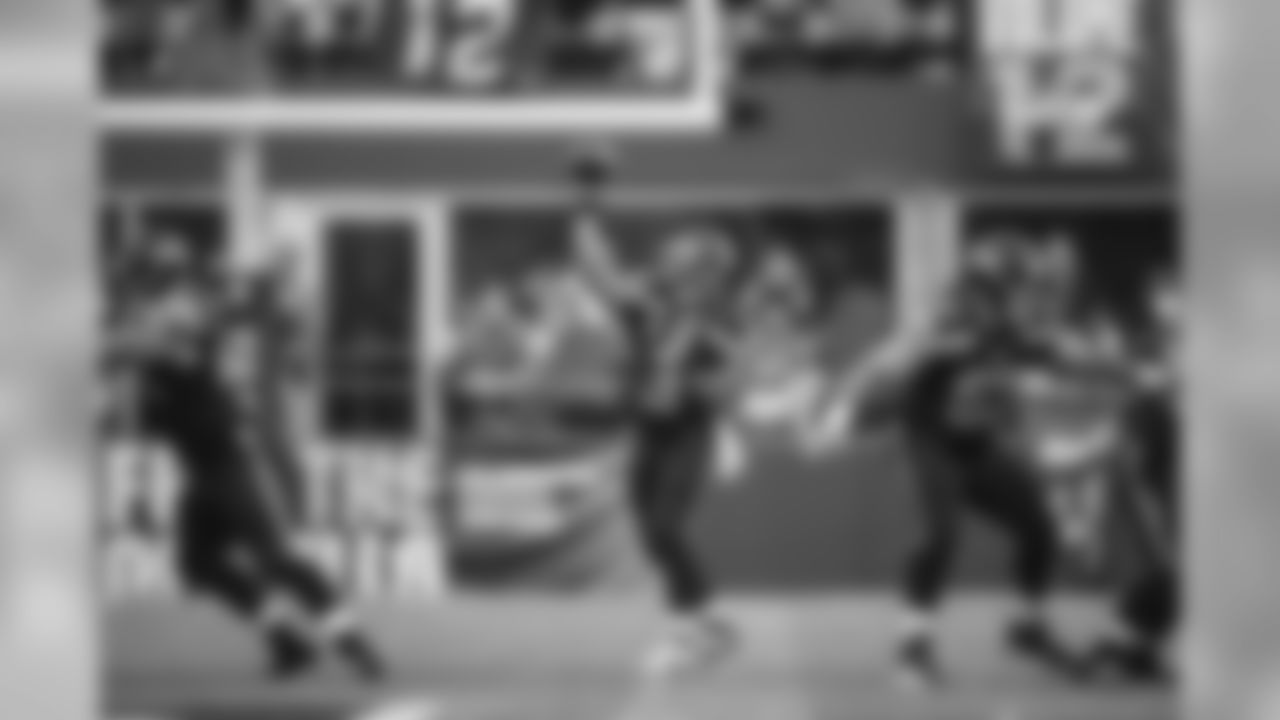
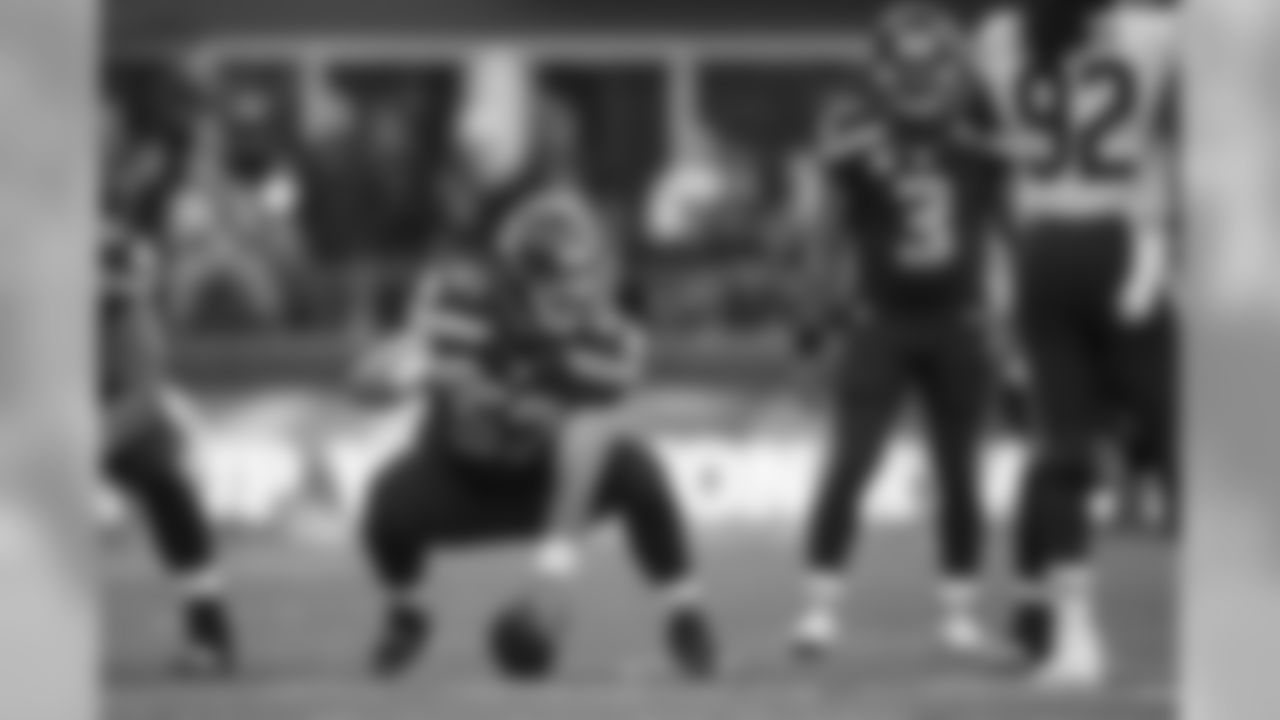
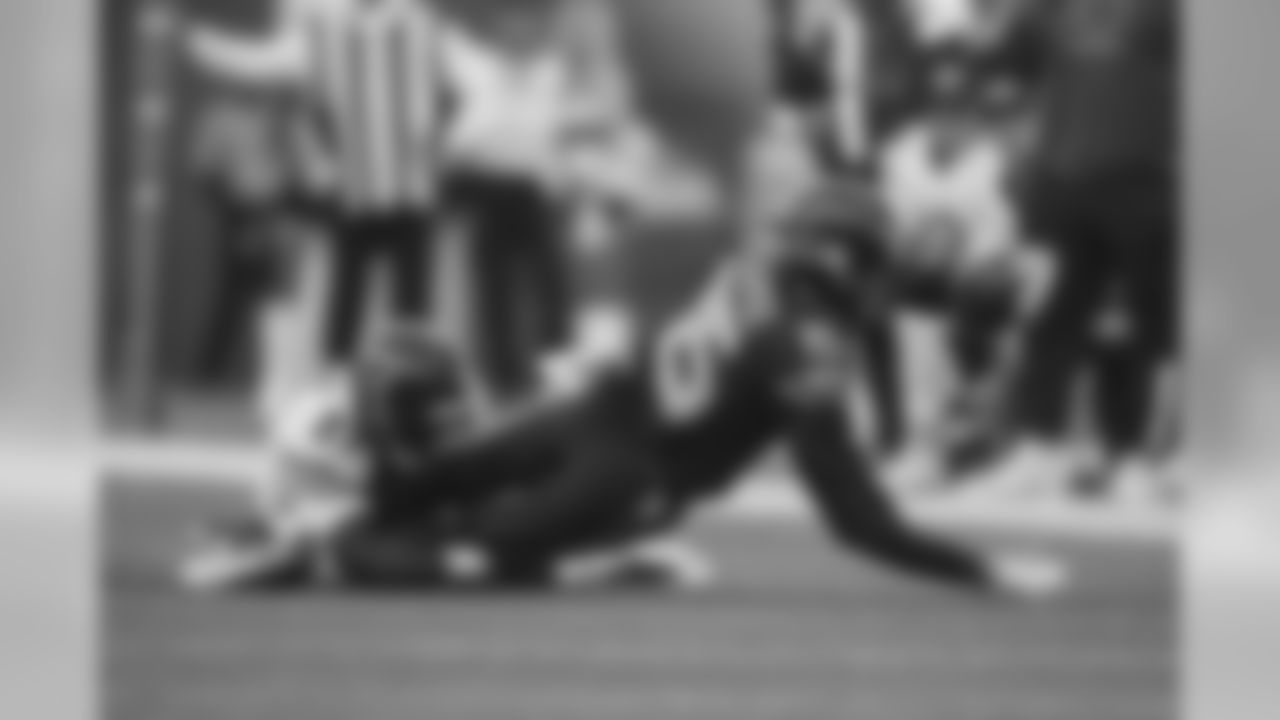
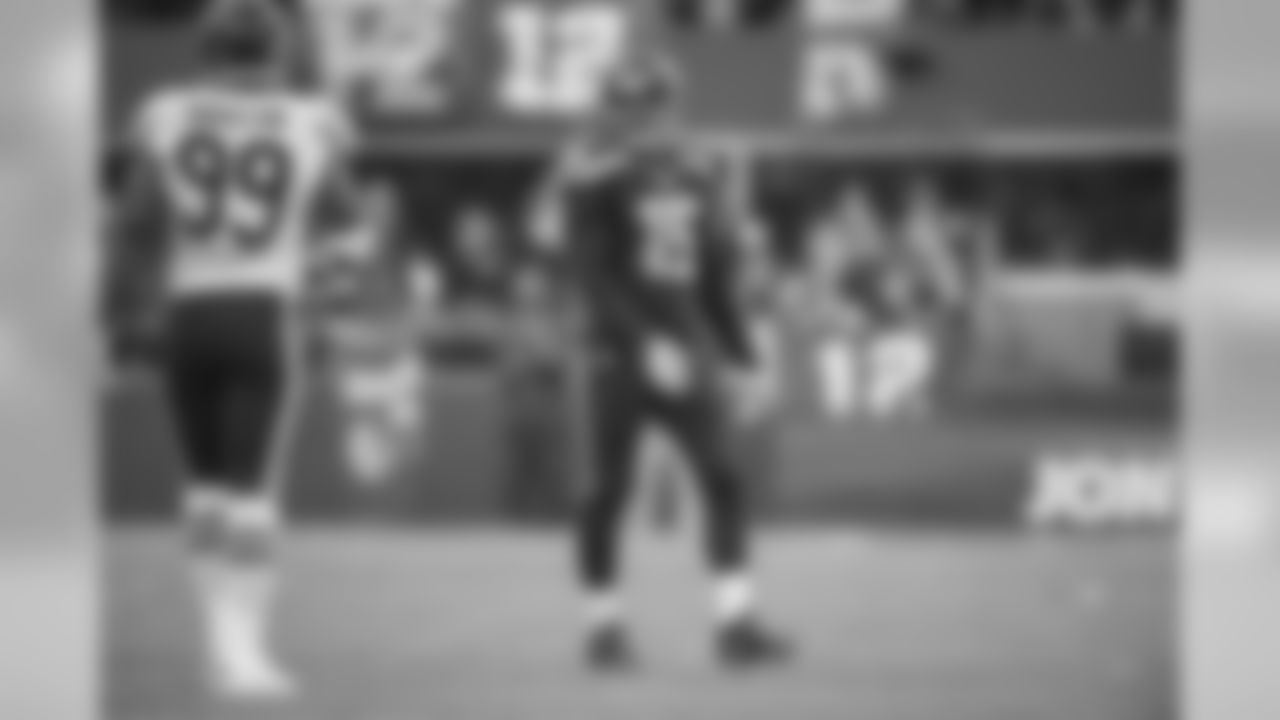


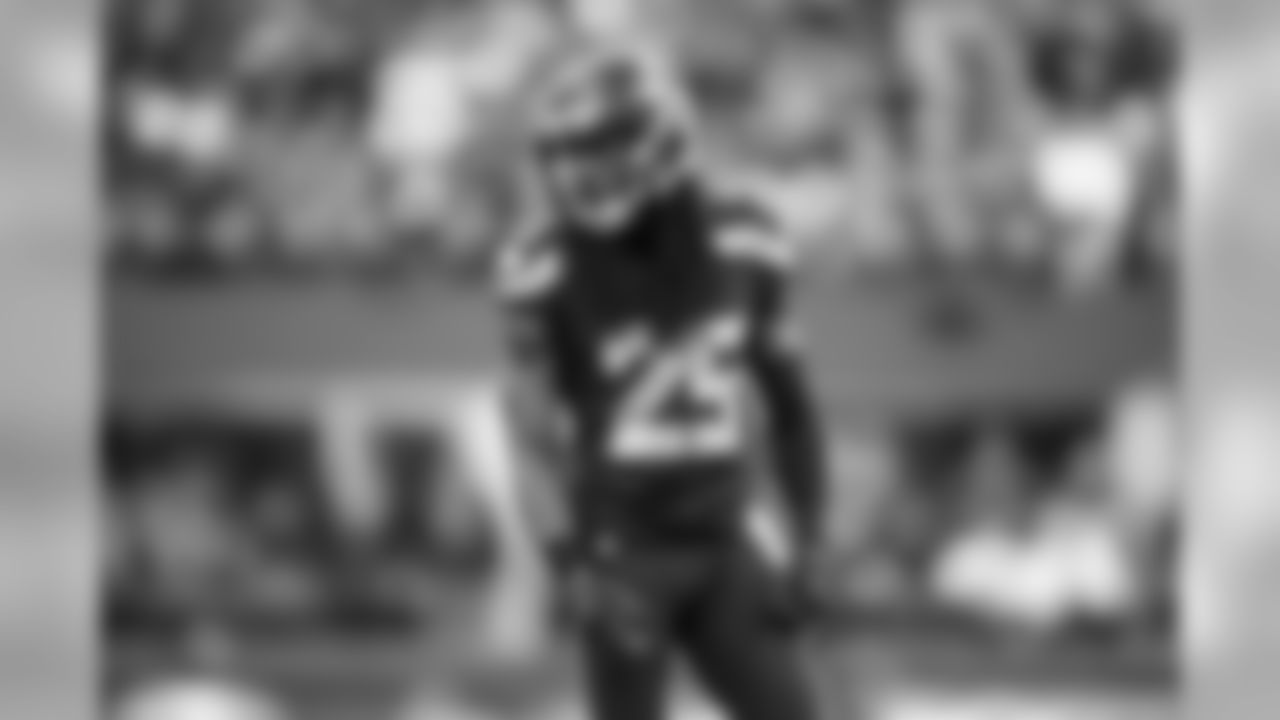

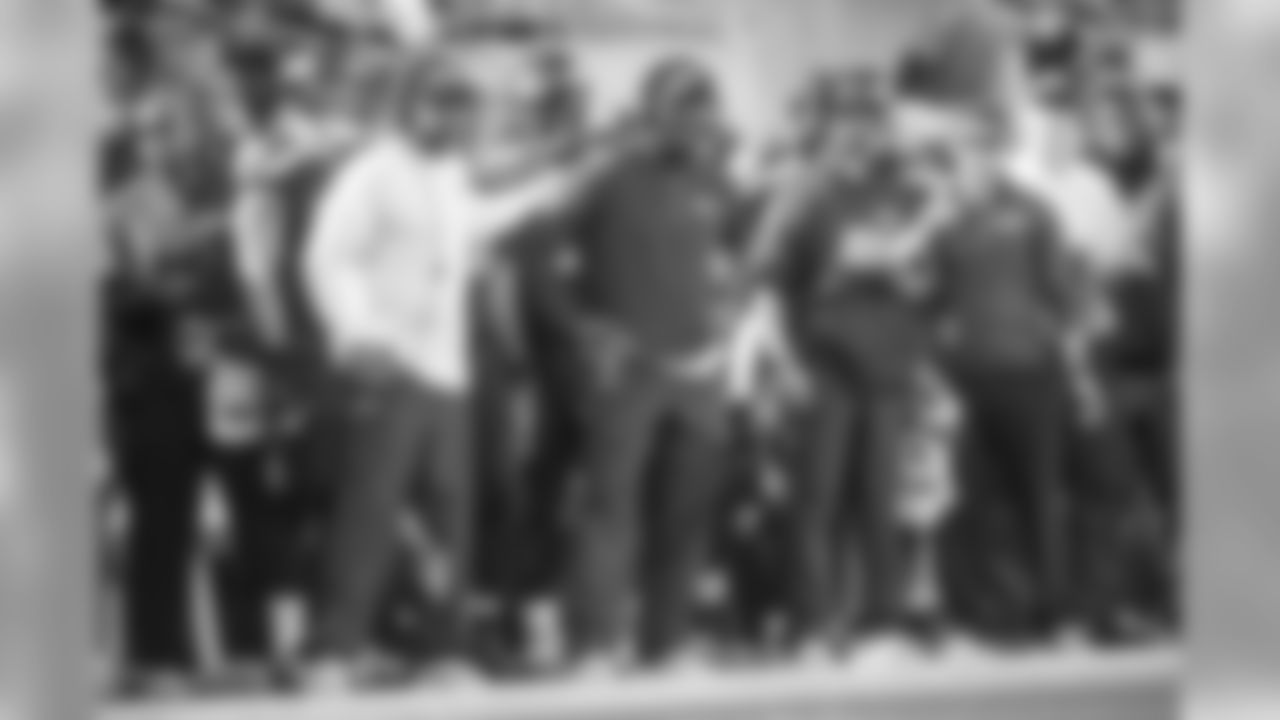
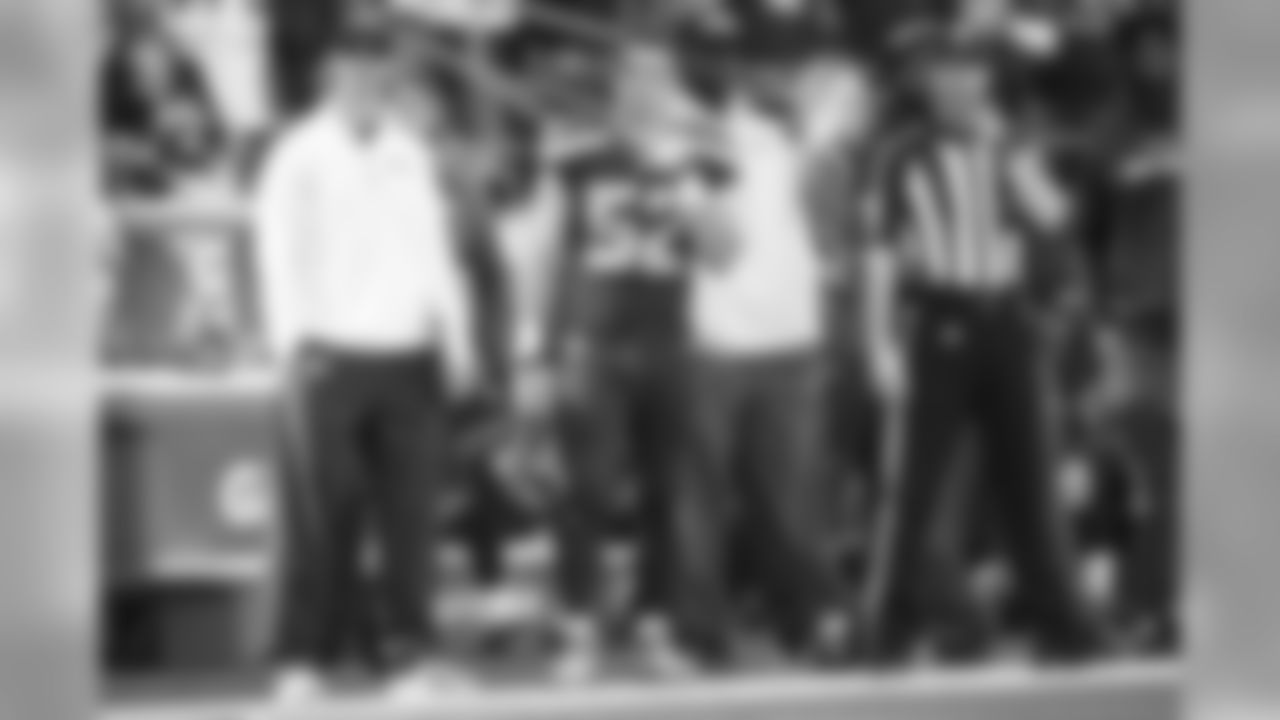
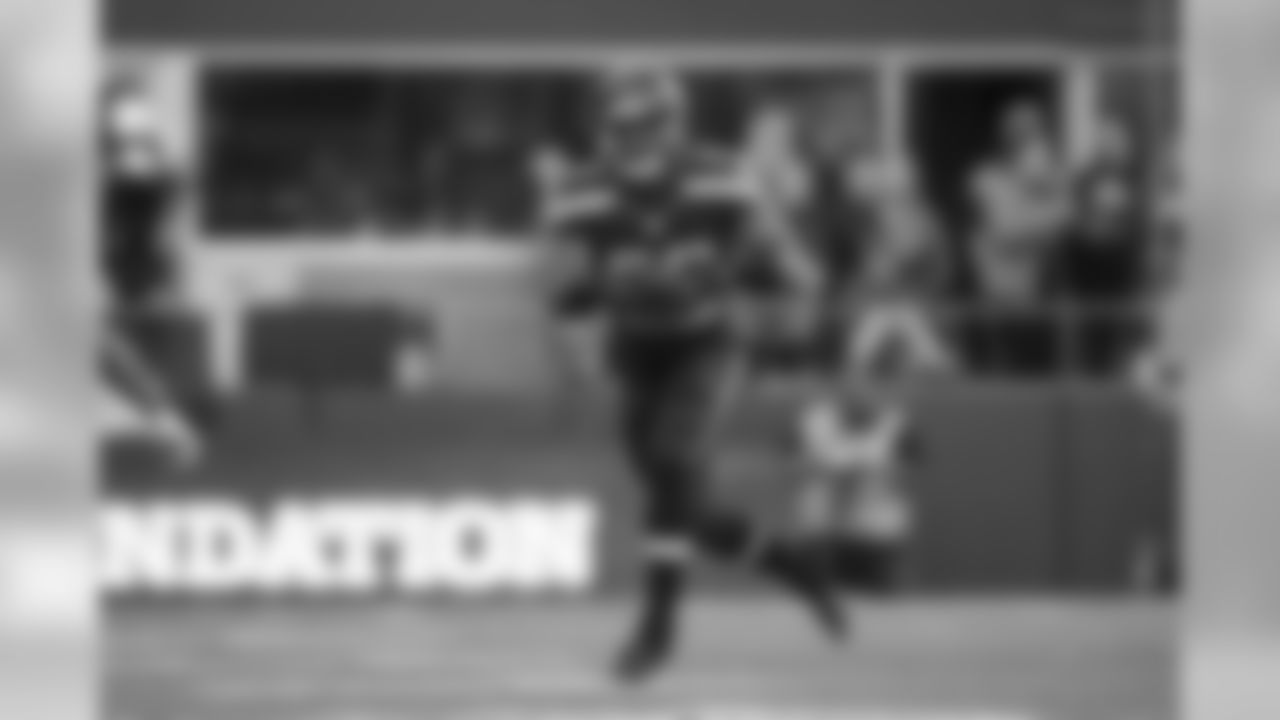
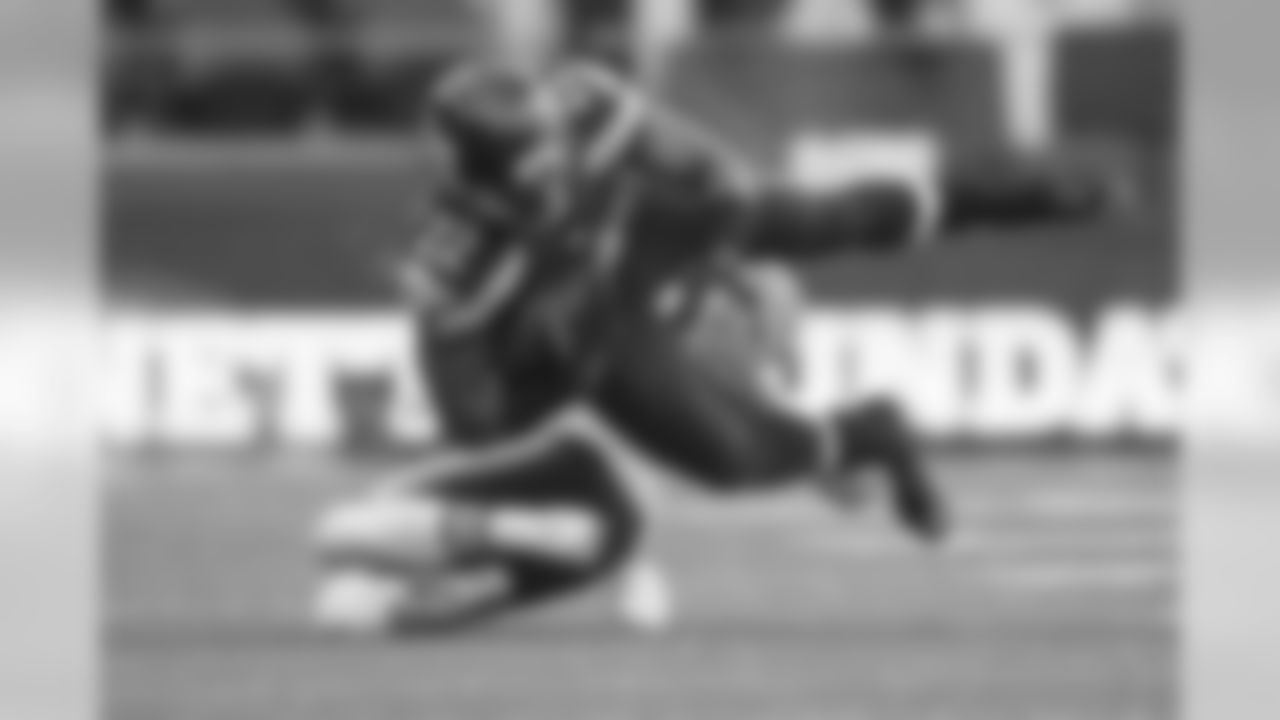
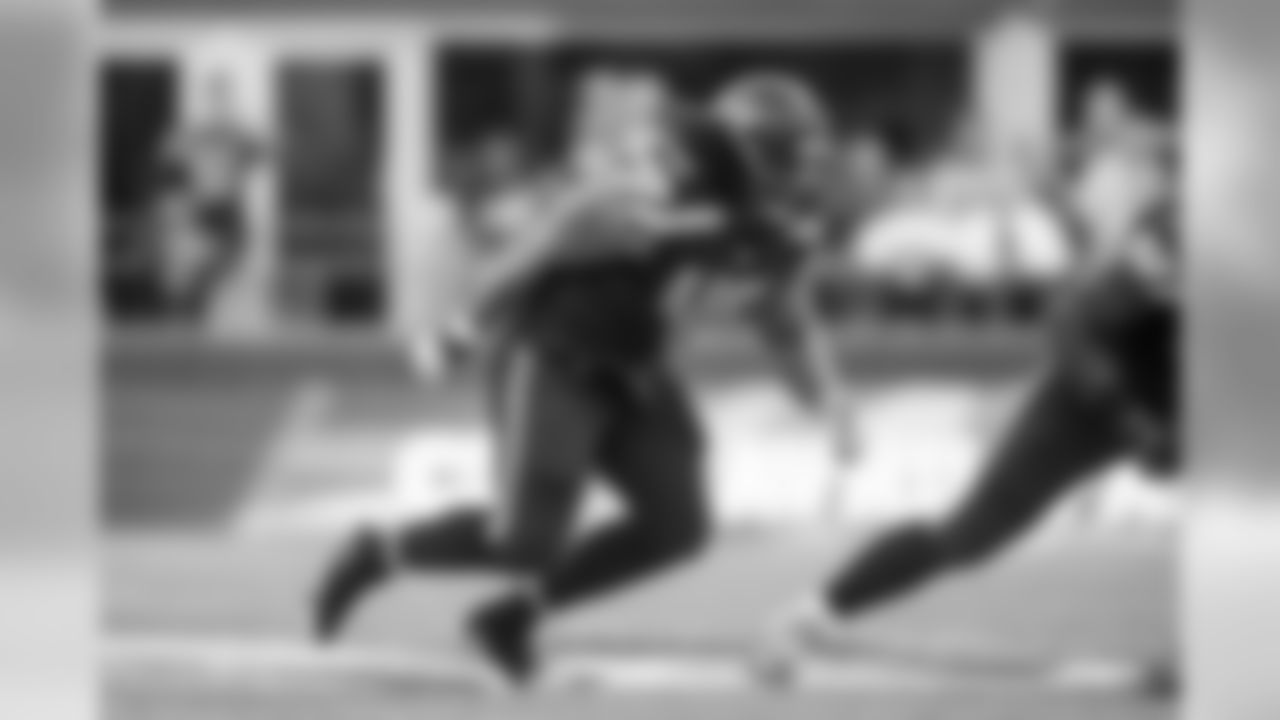
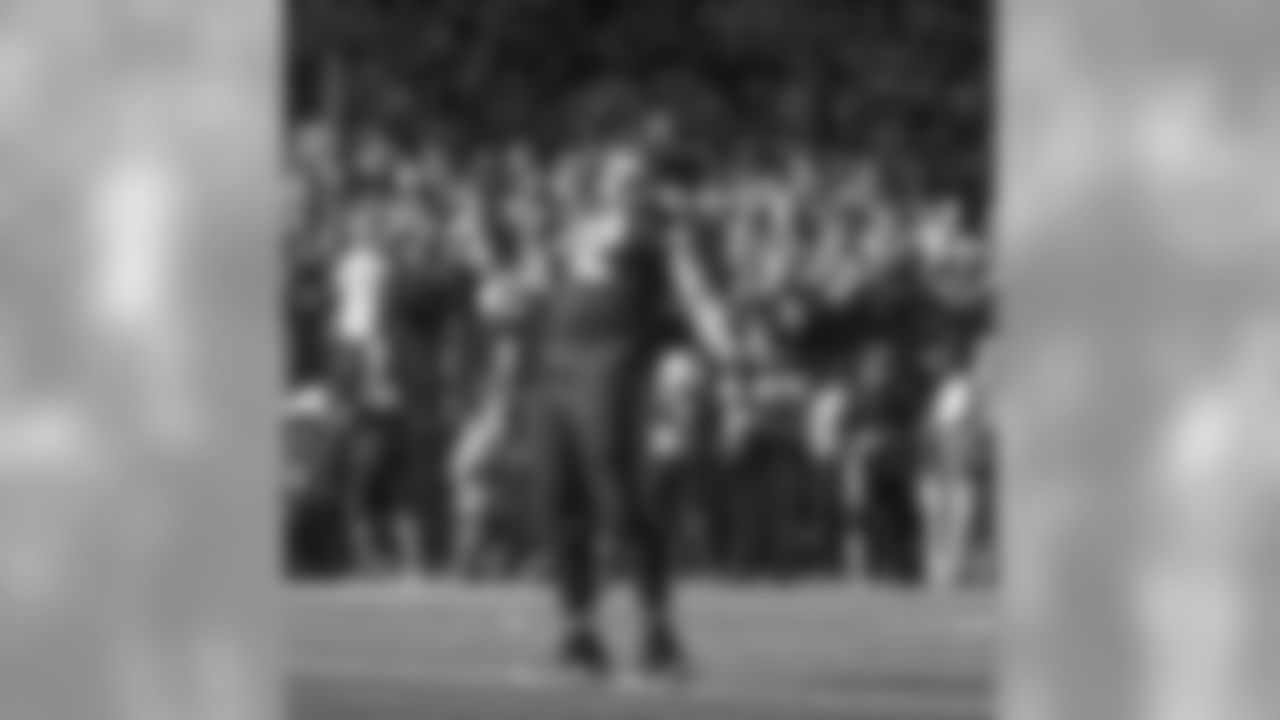
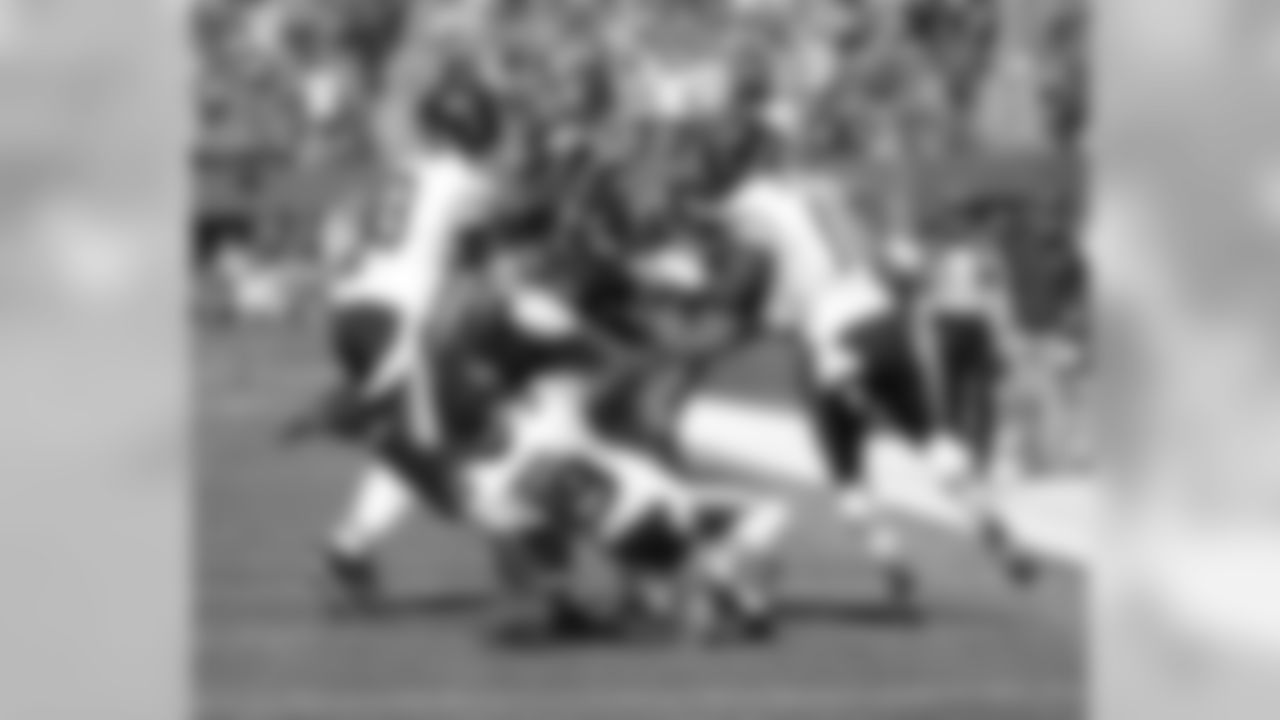
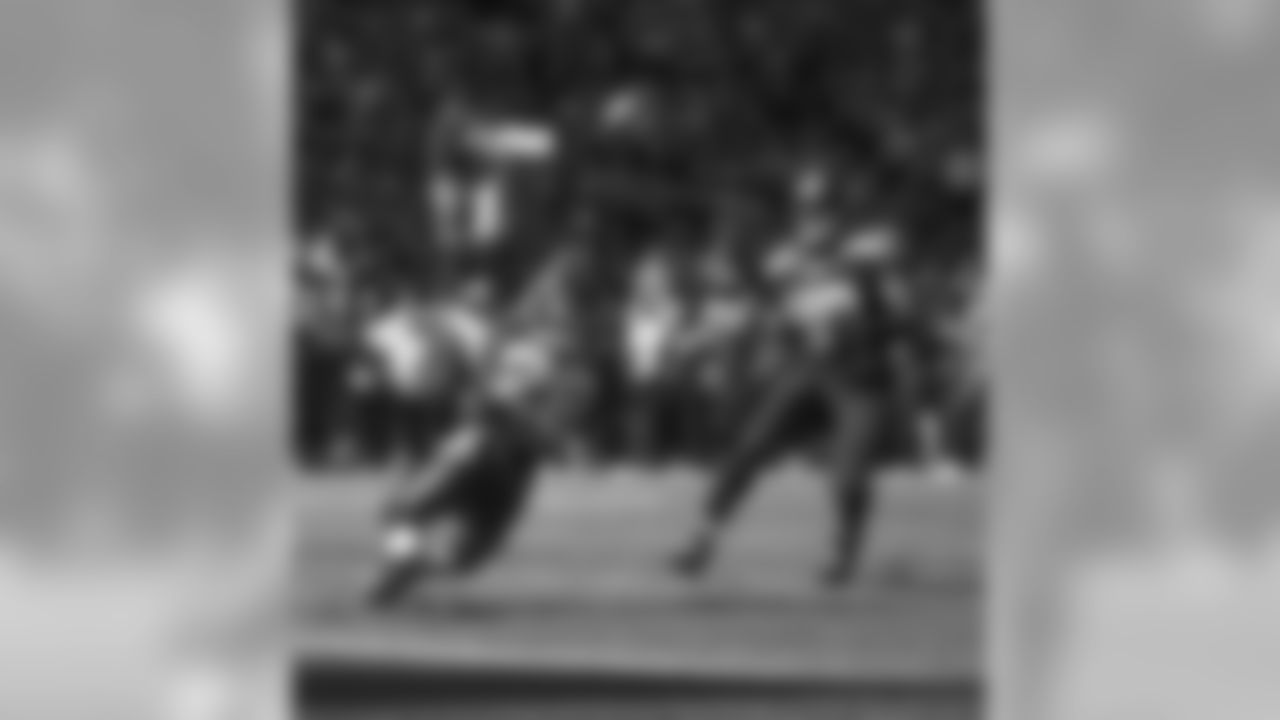
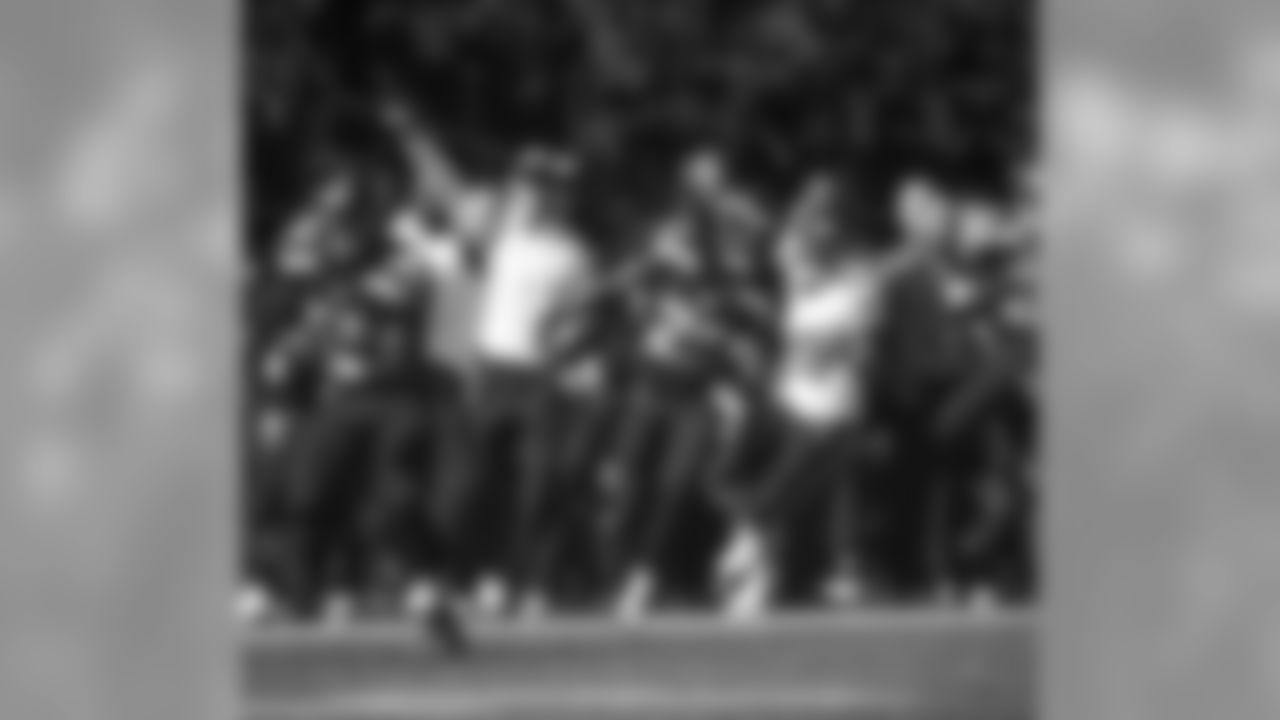
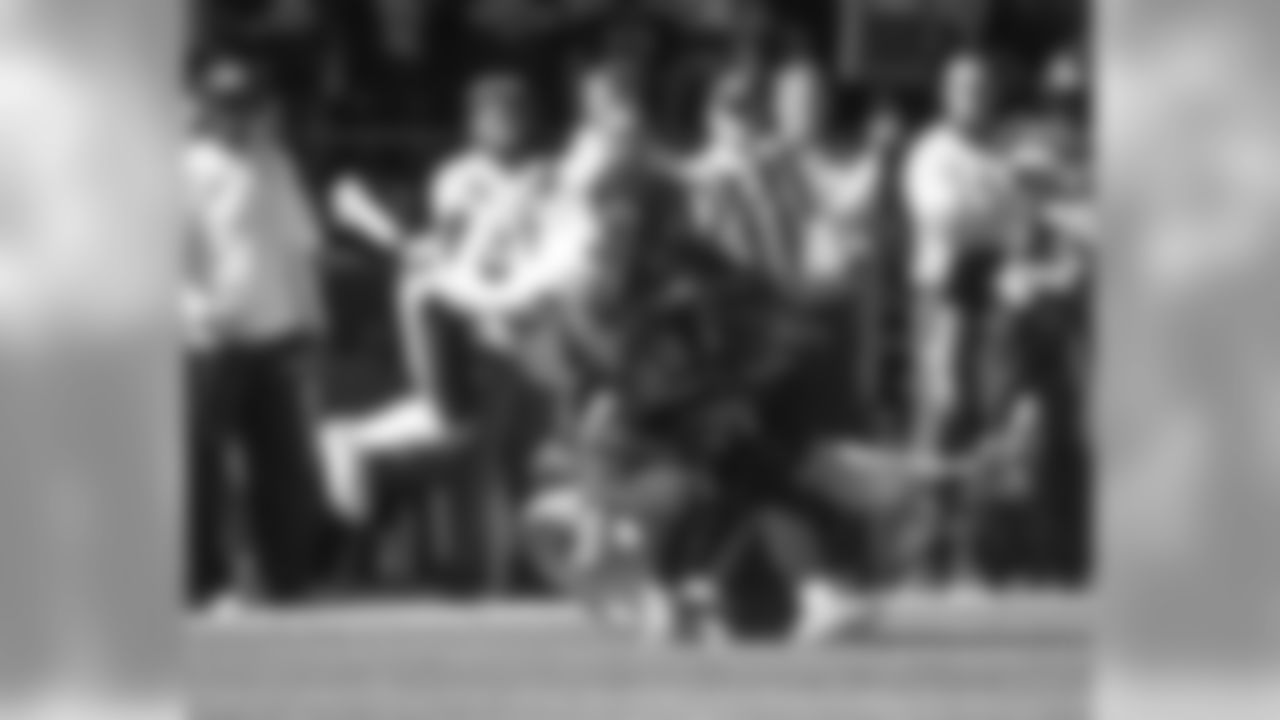

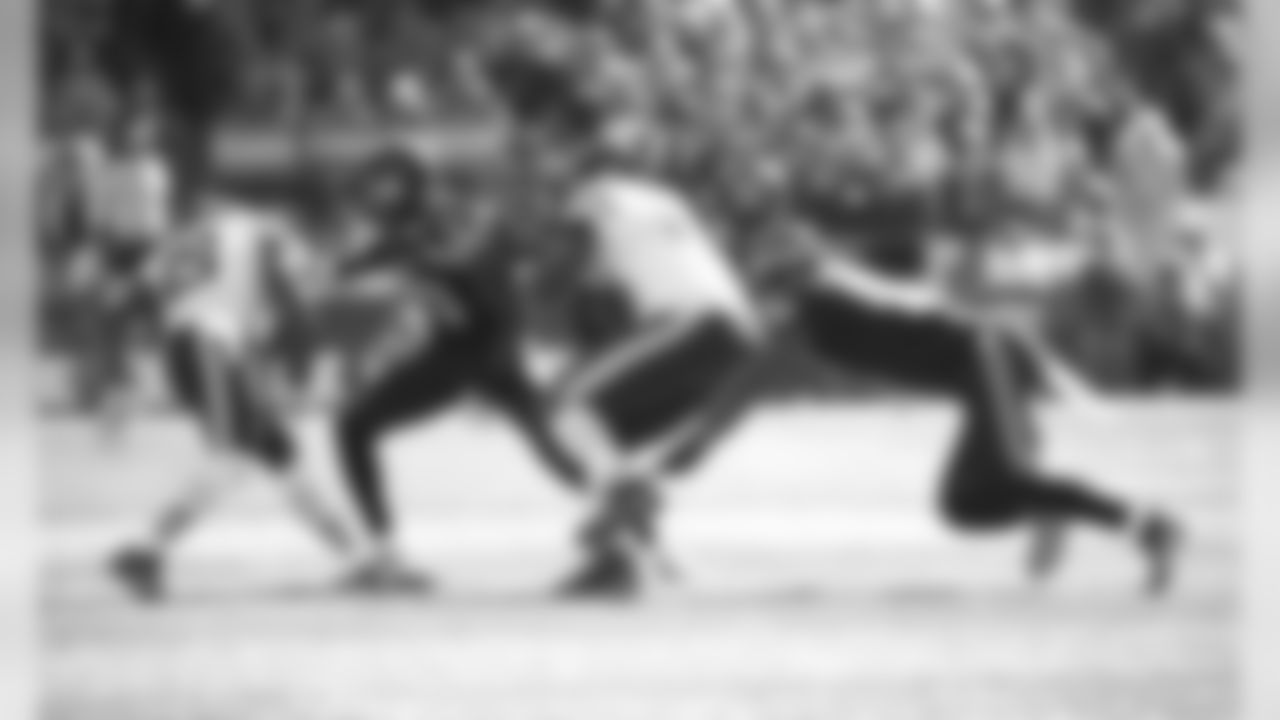
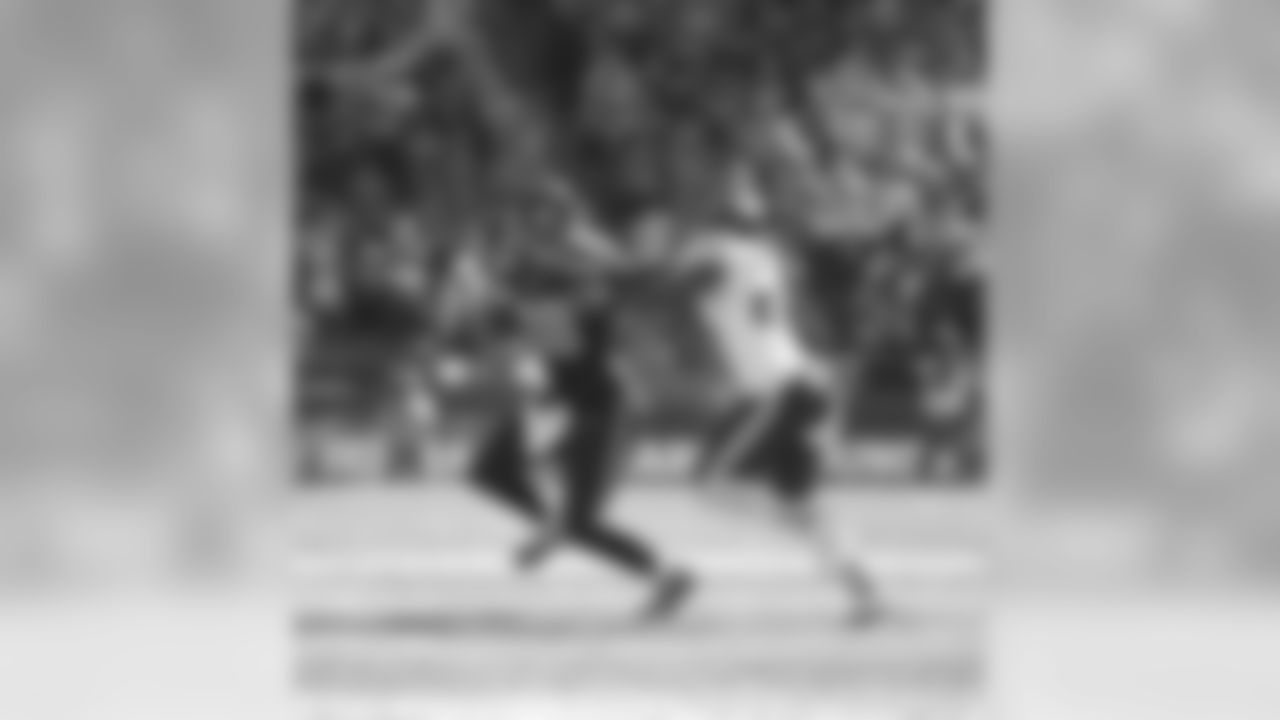
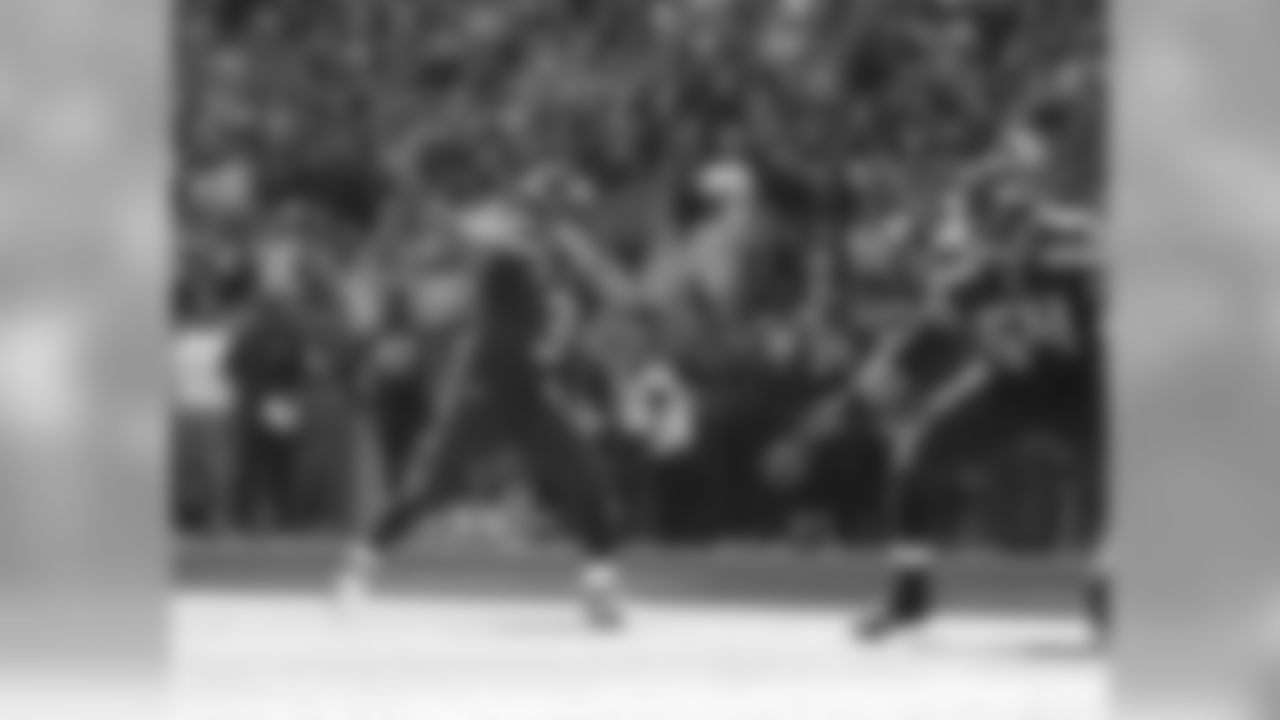
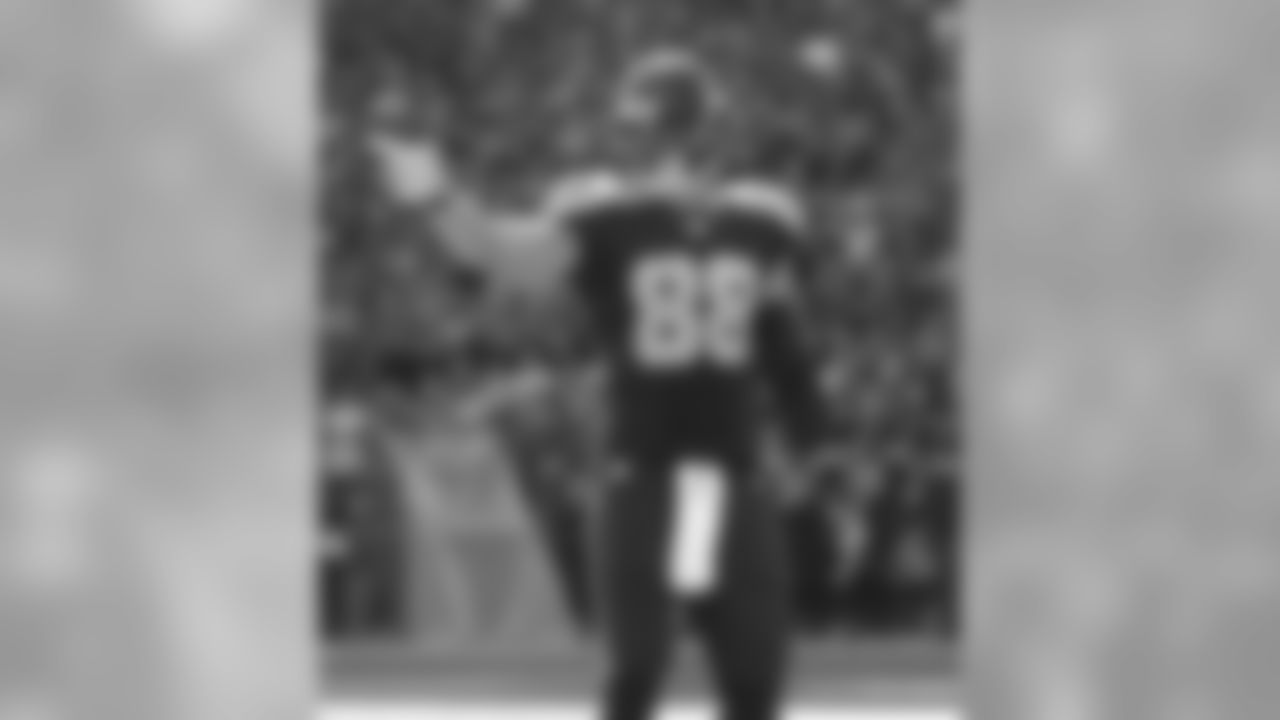
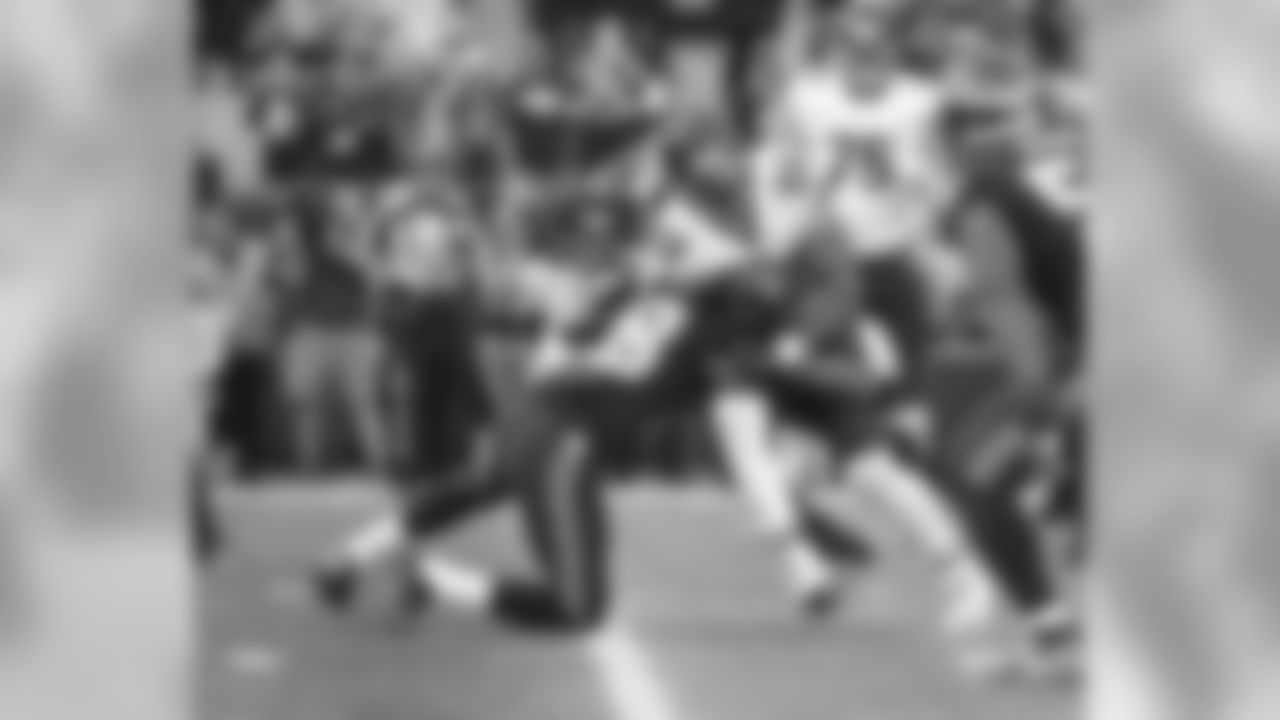
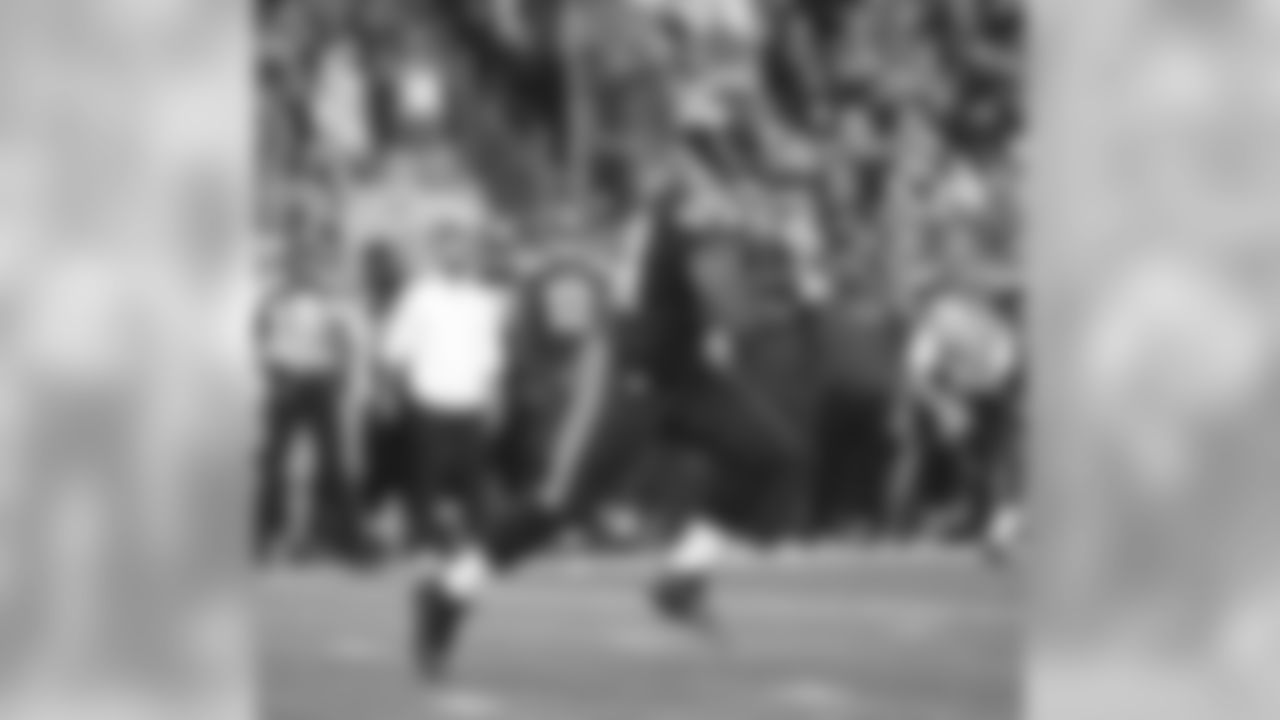
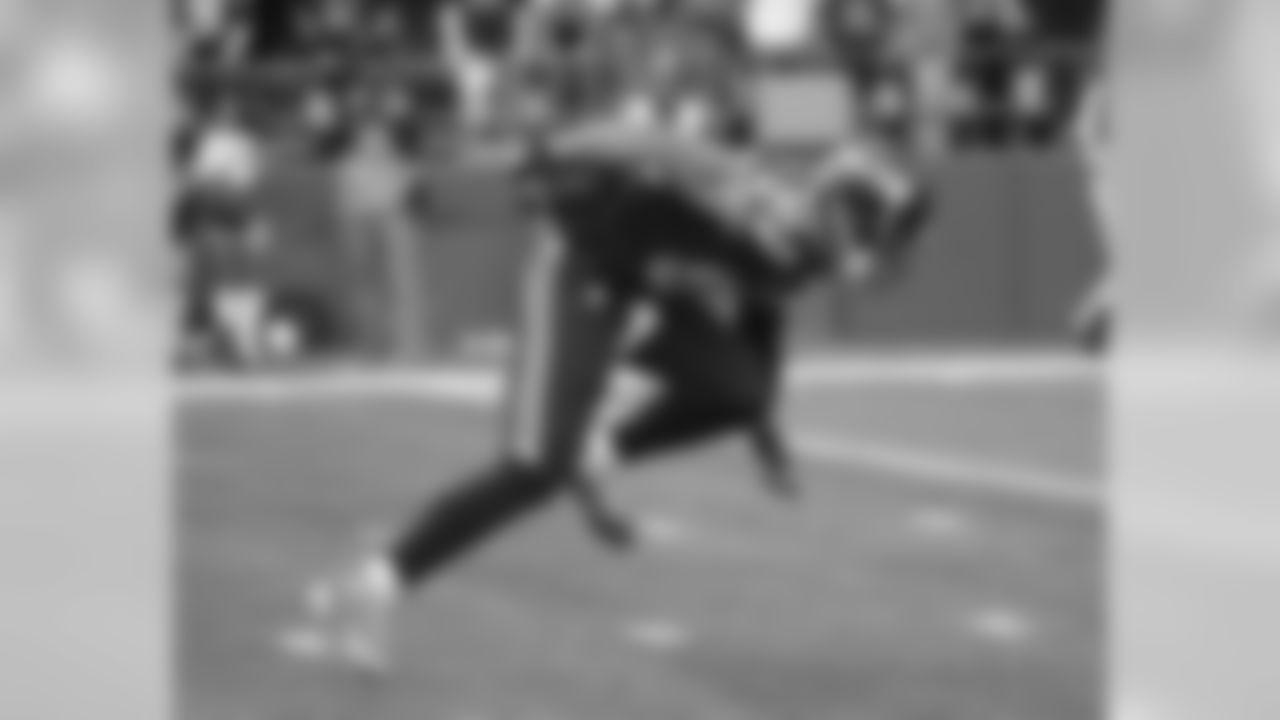
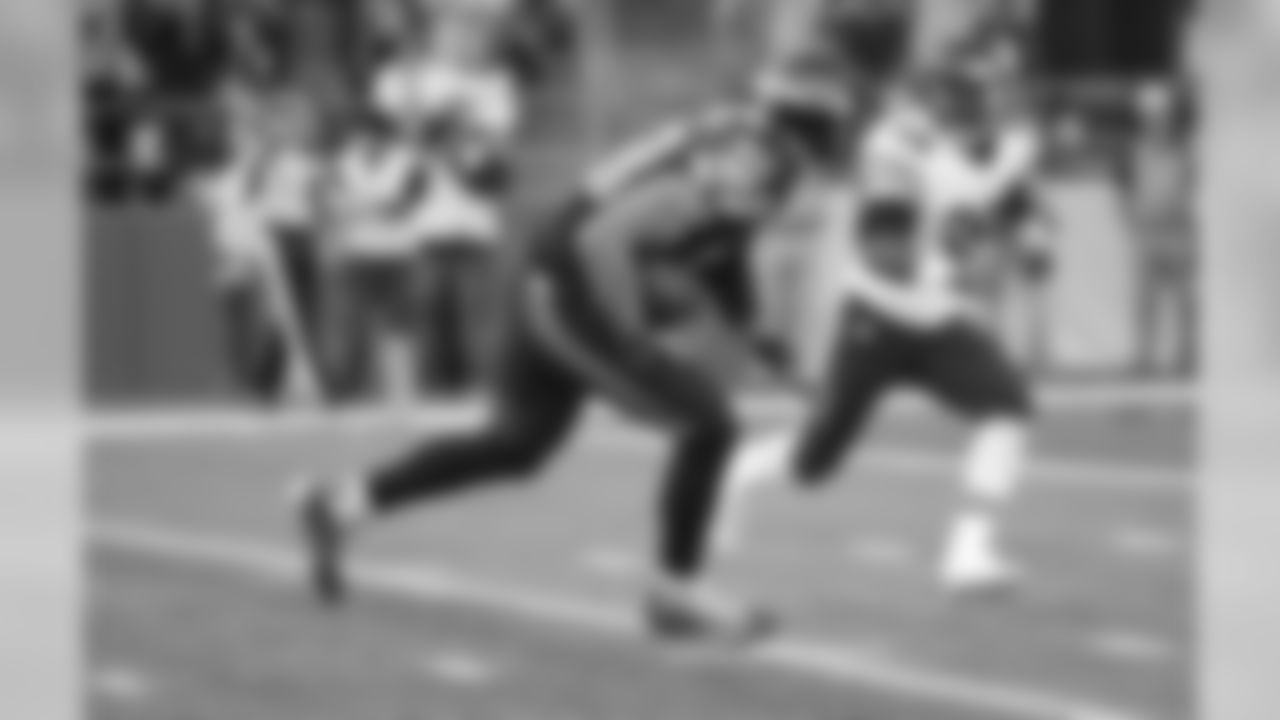
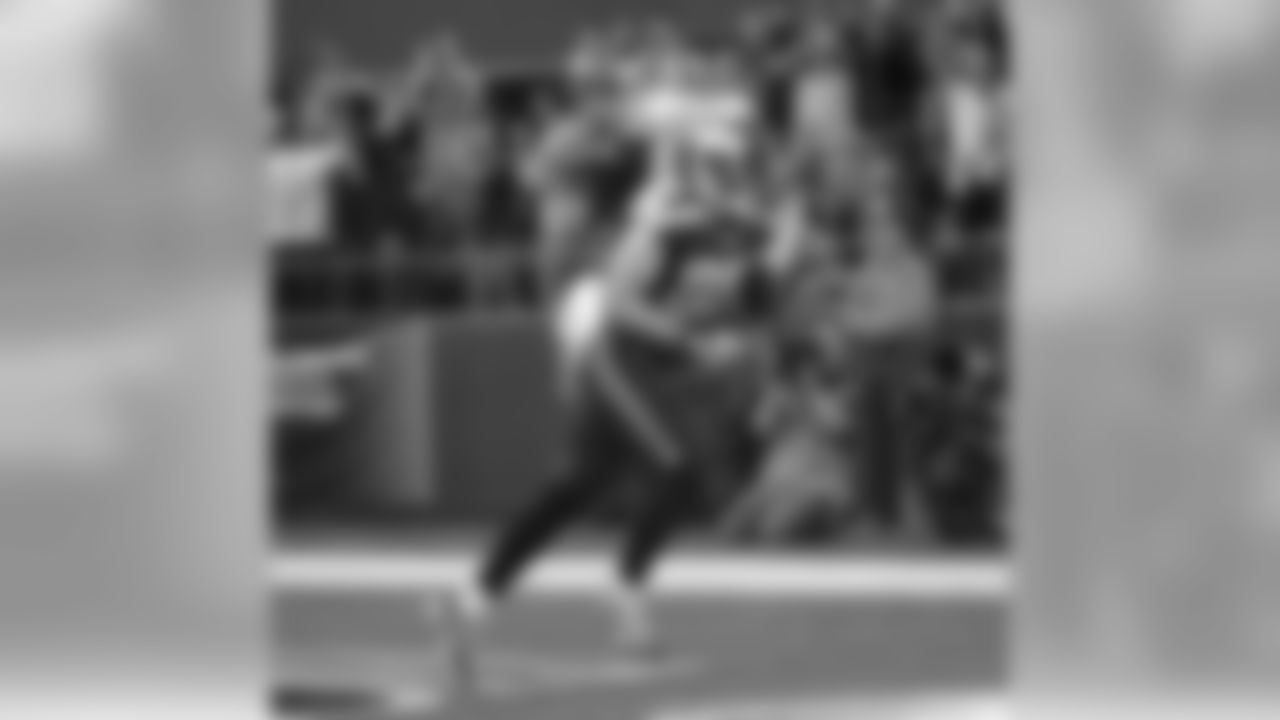

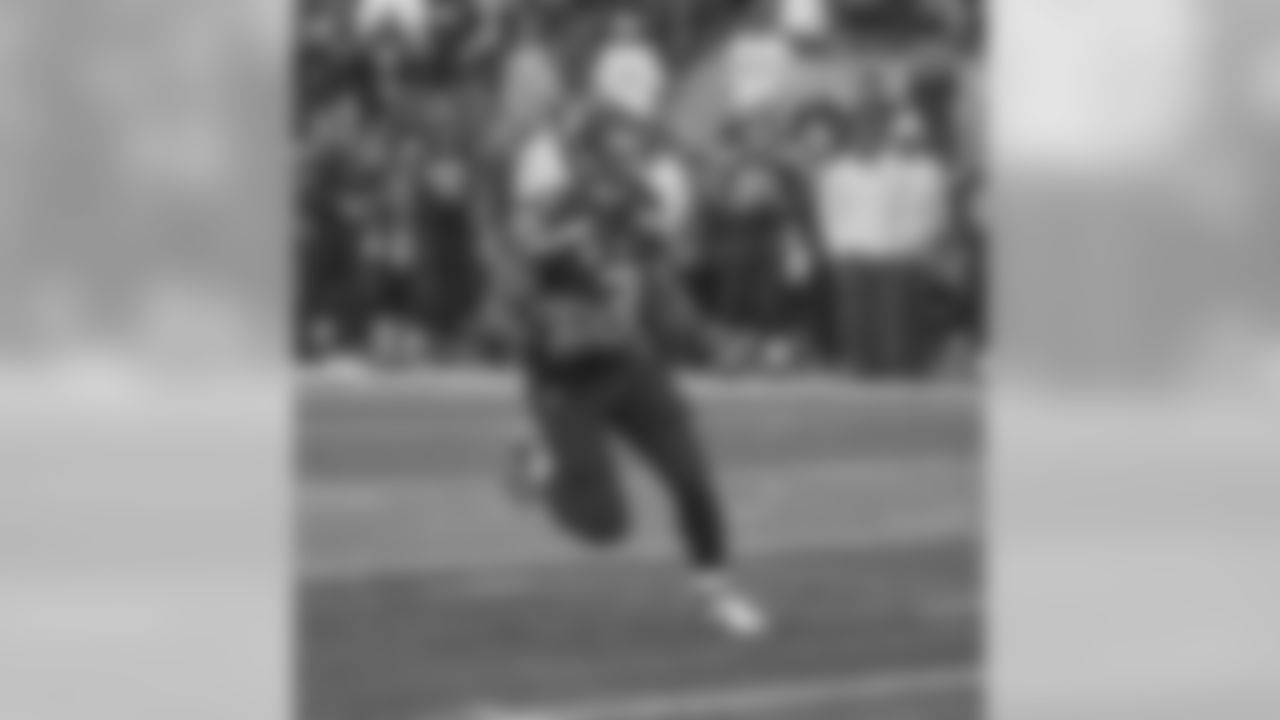
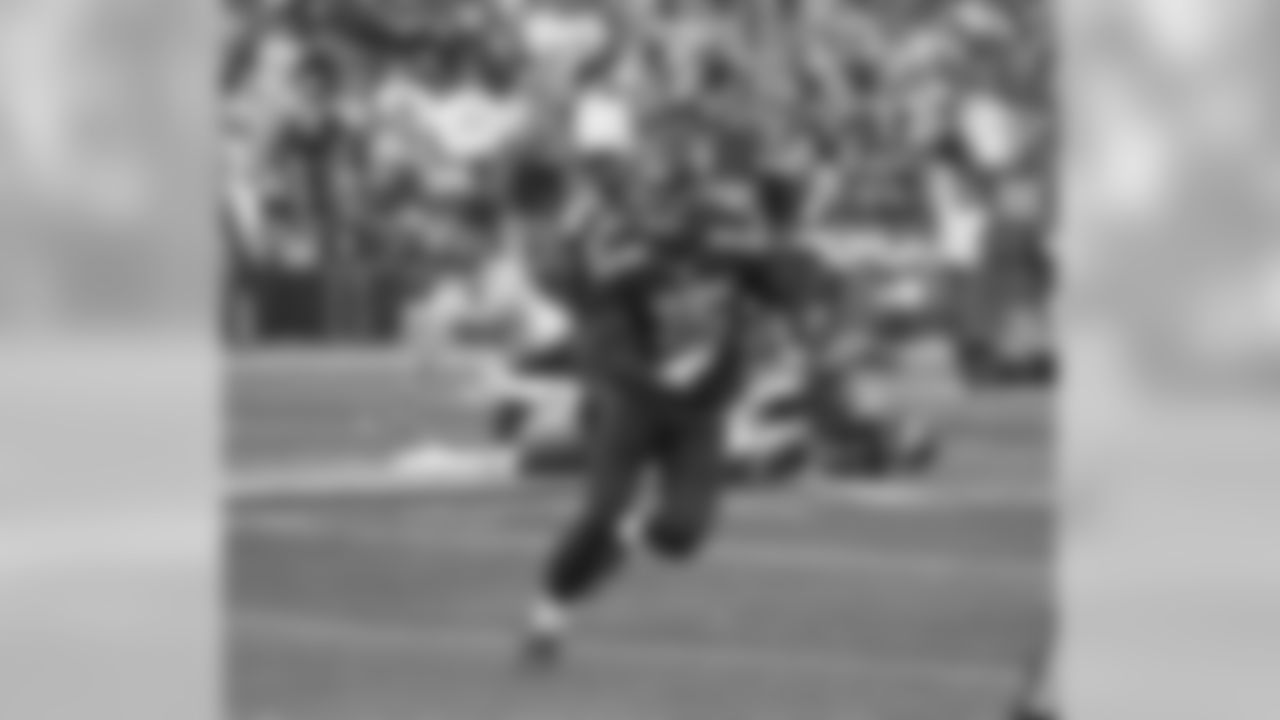
Linebacker Bobby Wagner makes his way down a back hallway of the team hotel as players headed to the buses that would take them to the stadium on Sunday afternoon.

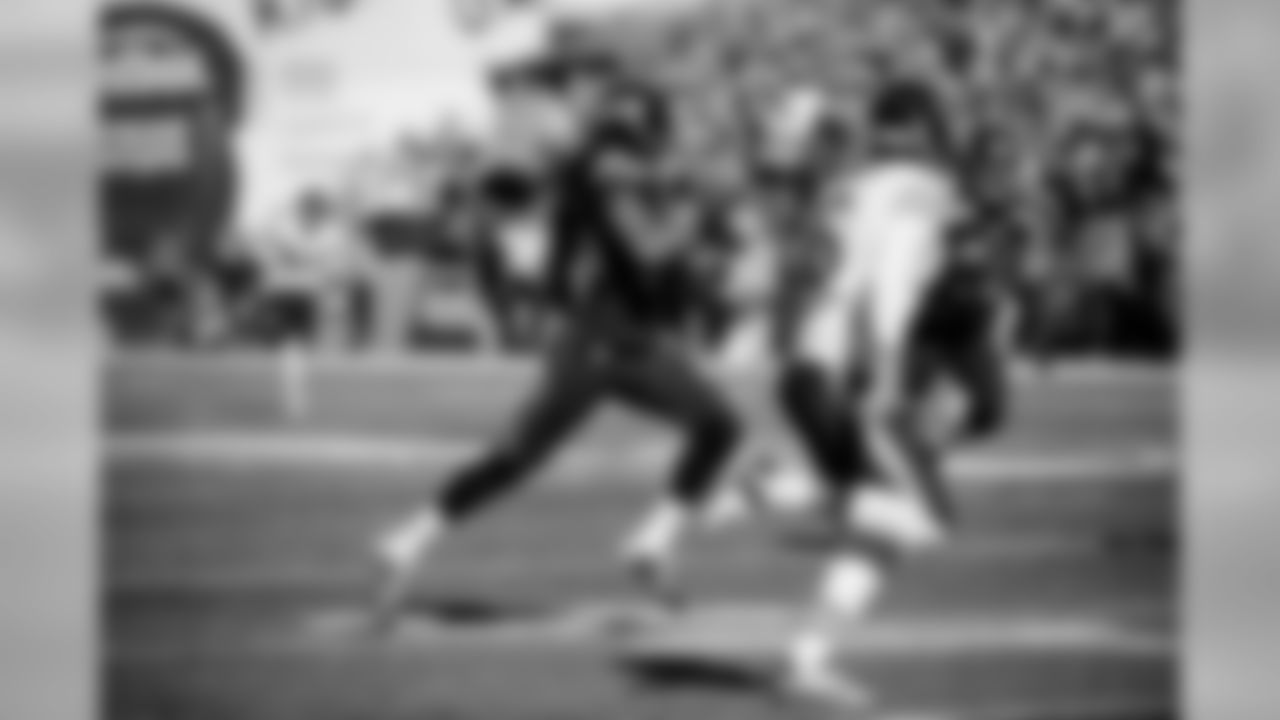


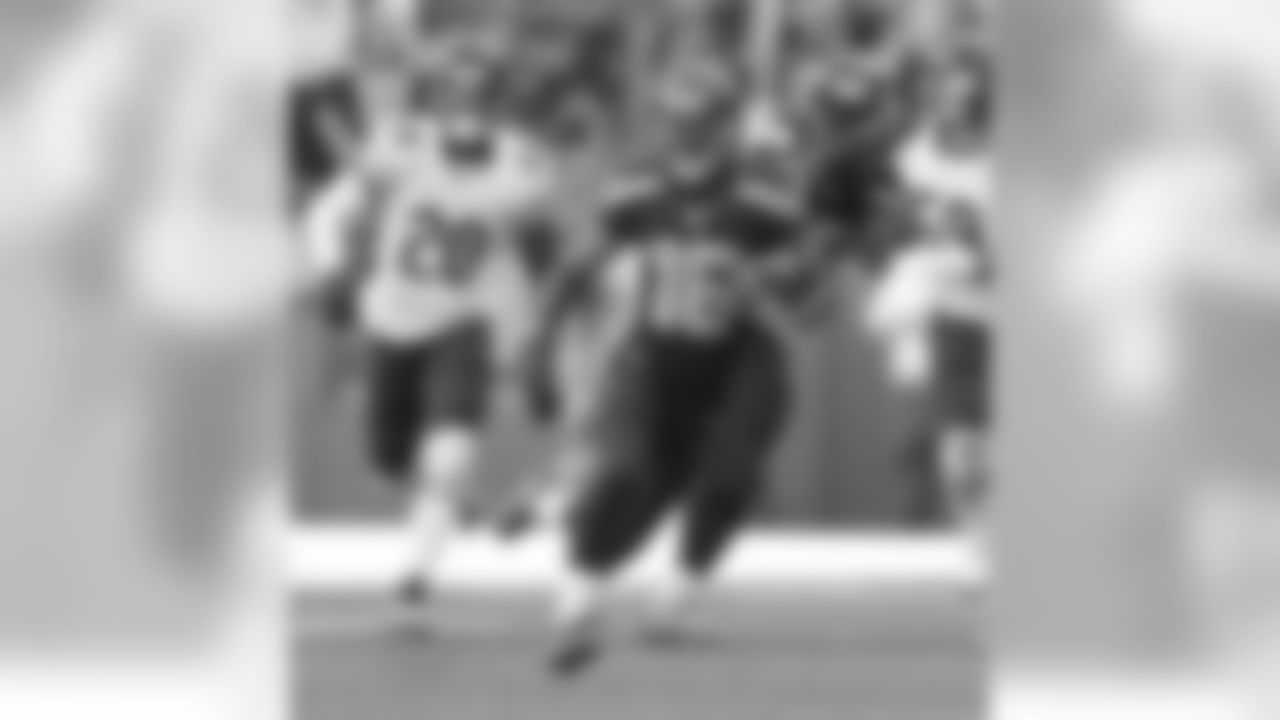


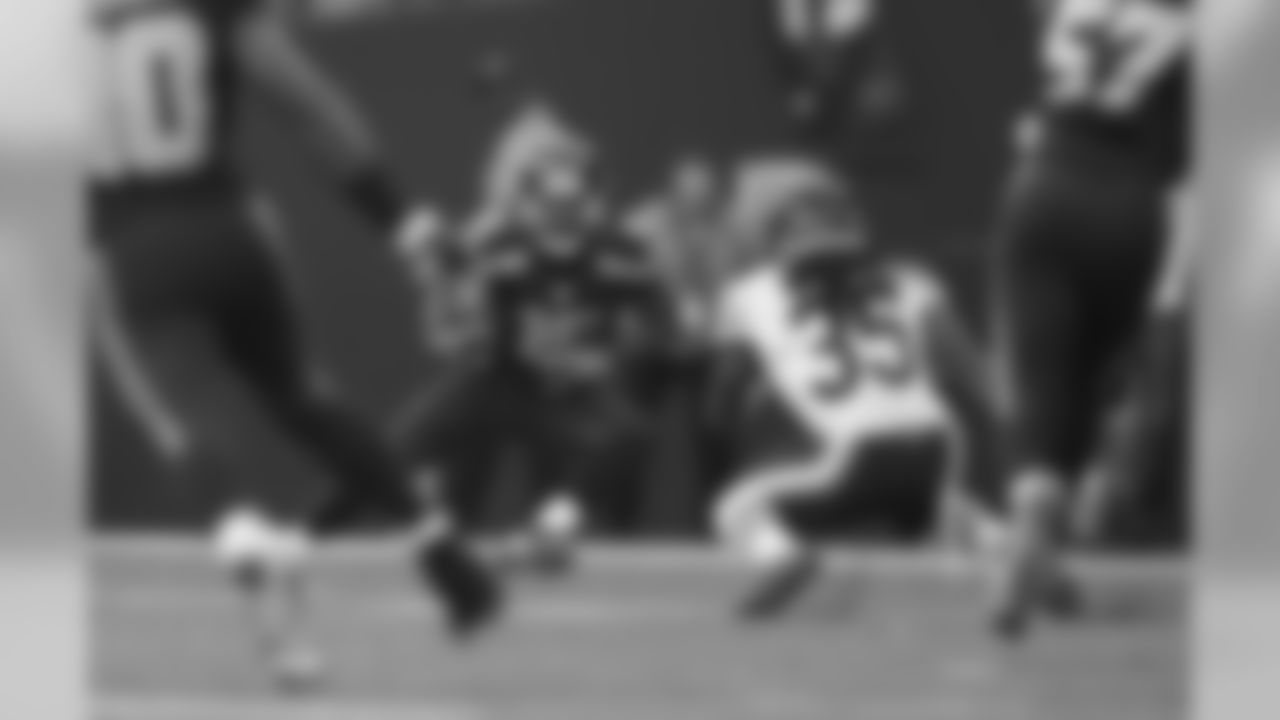
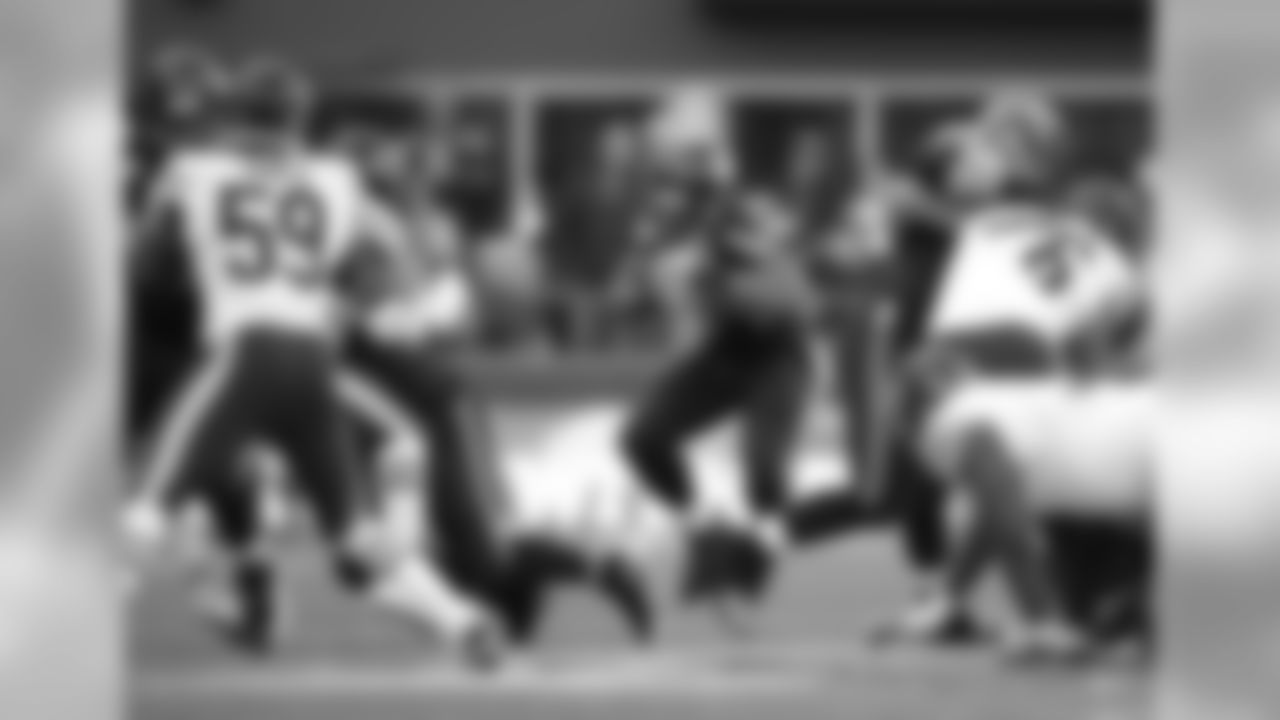

Cornerback Richard Sherman sits in front of his locker and is a picture of focus in the moments before taking the field.
